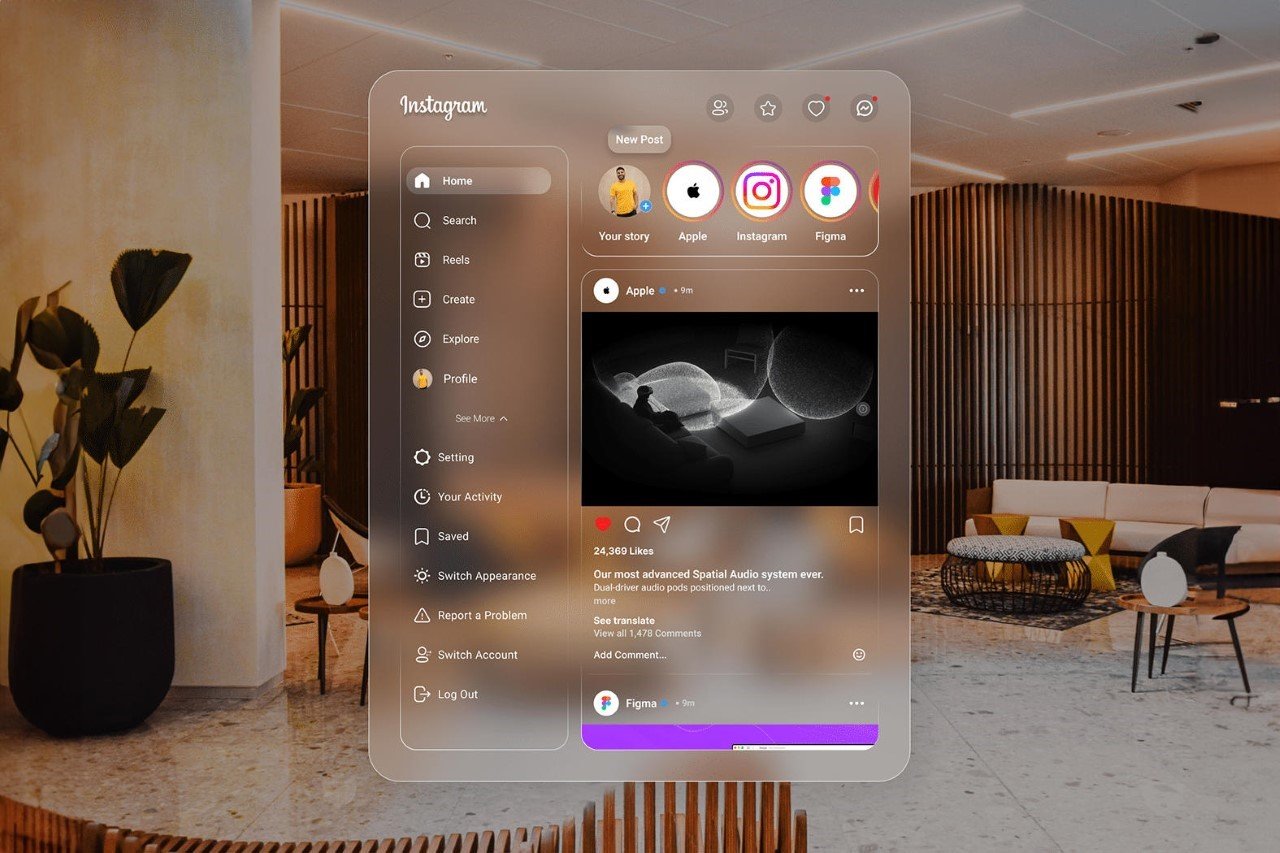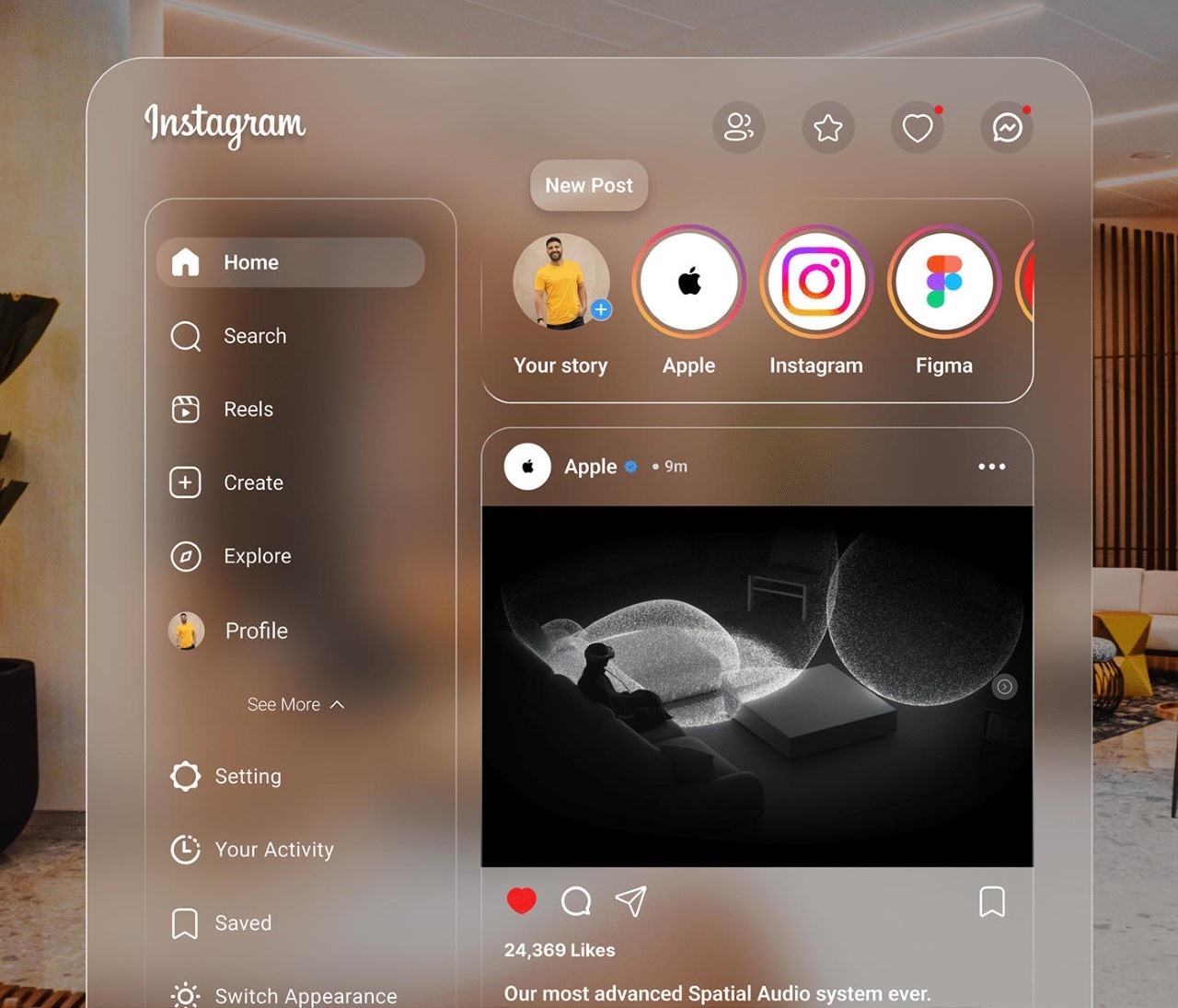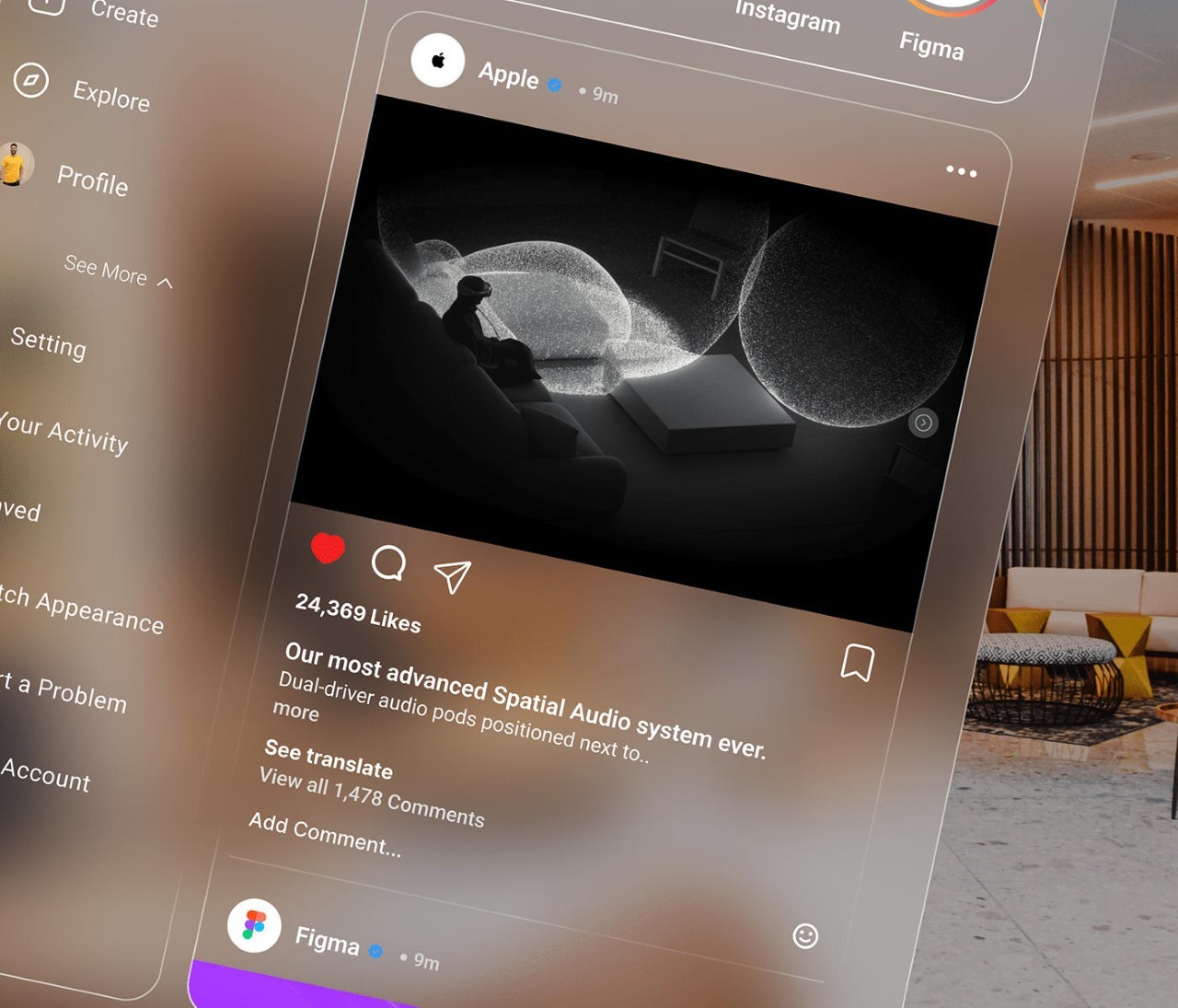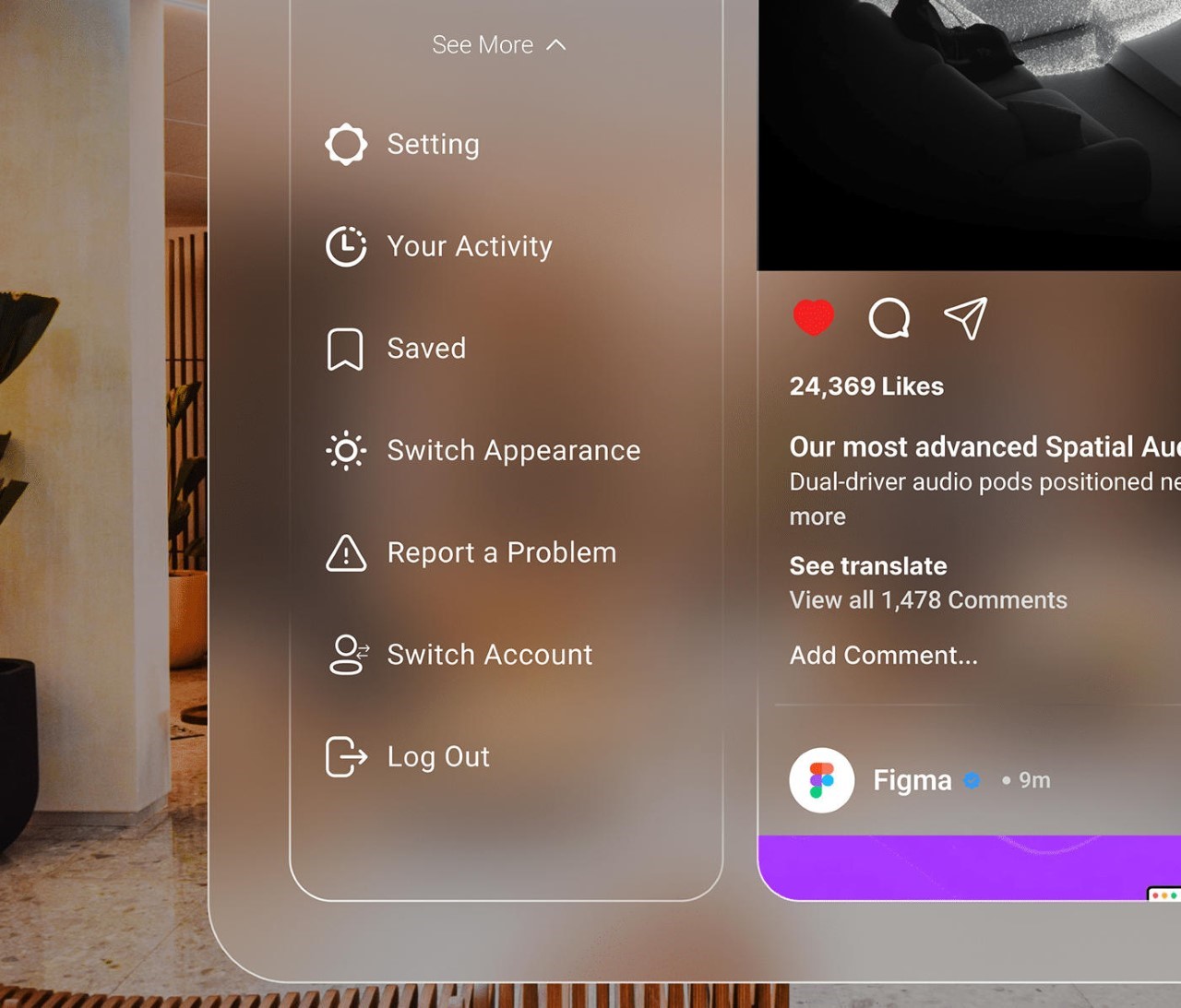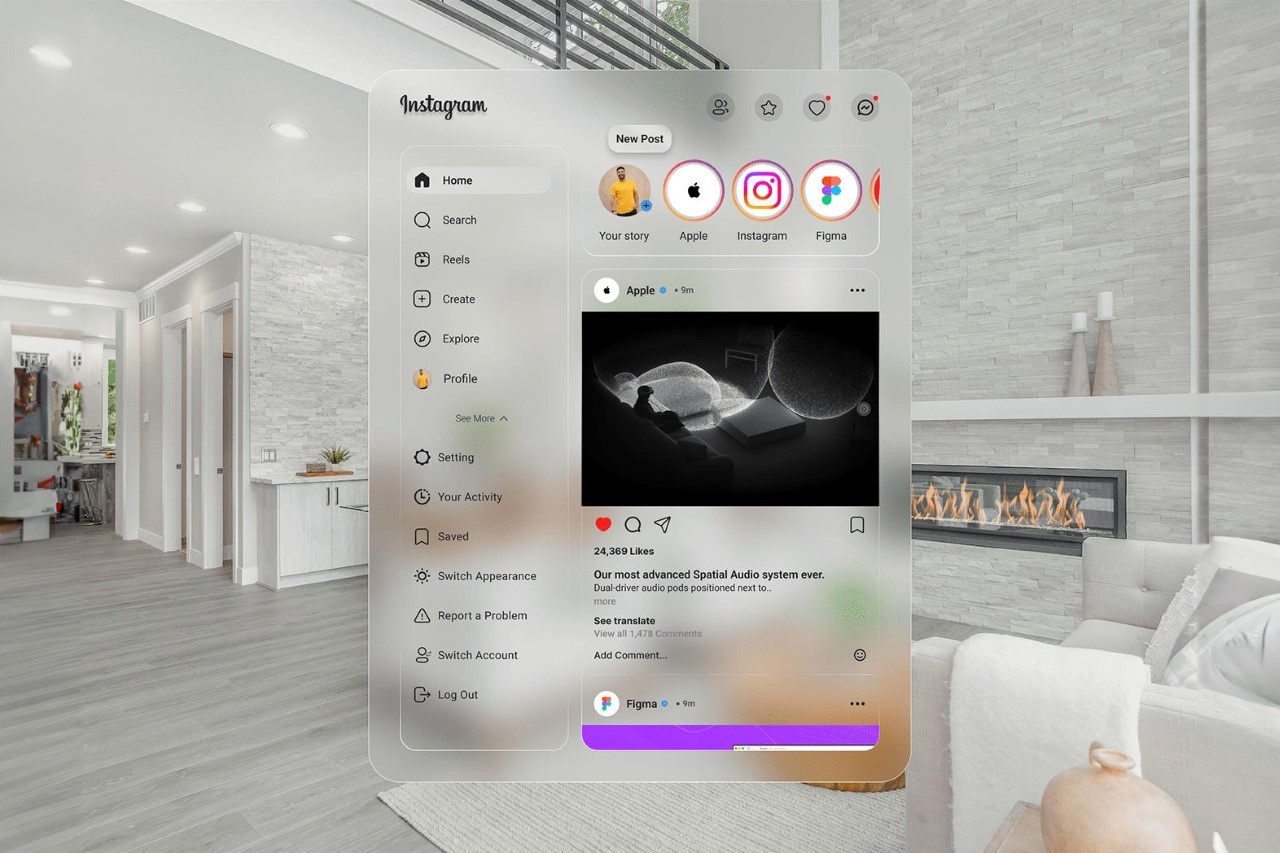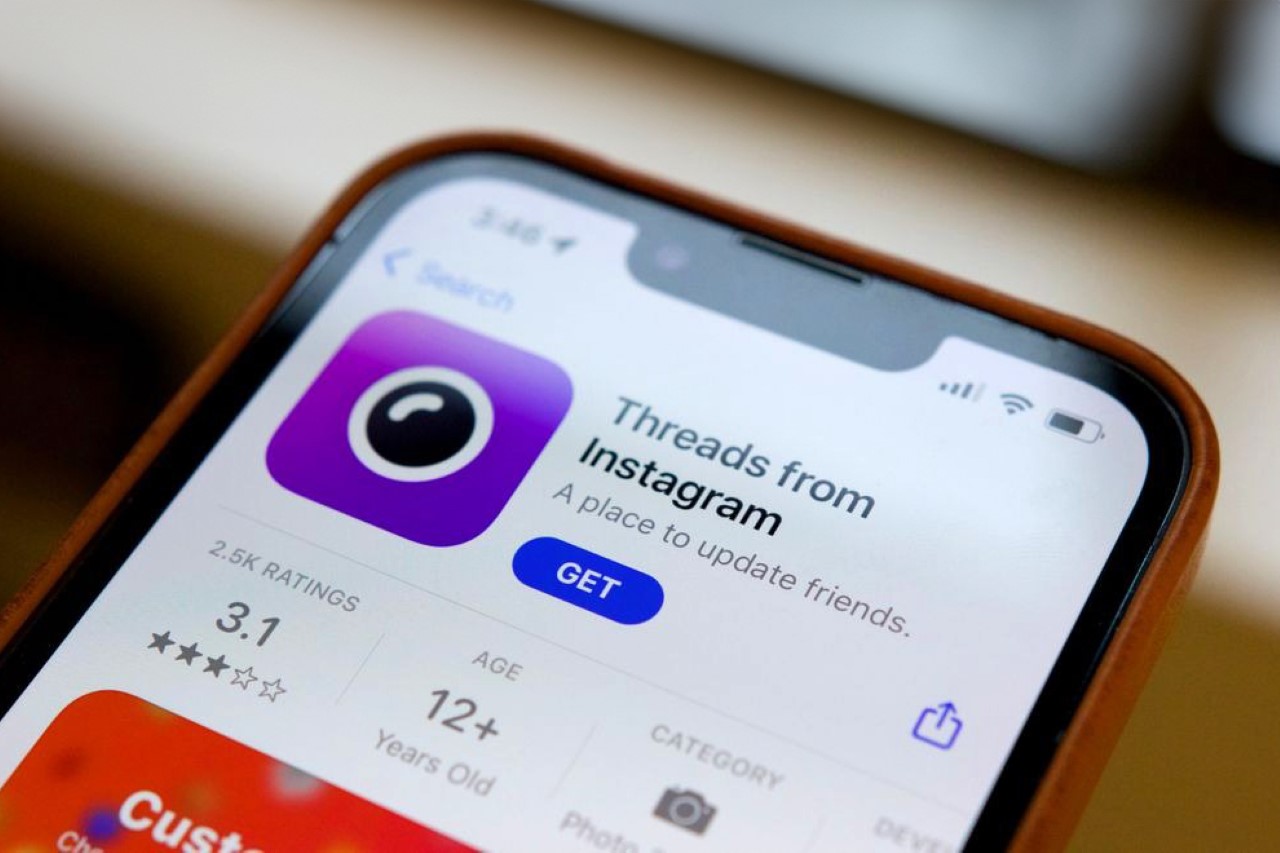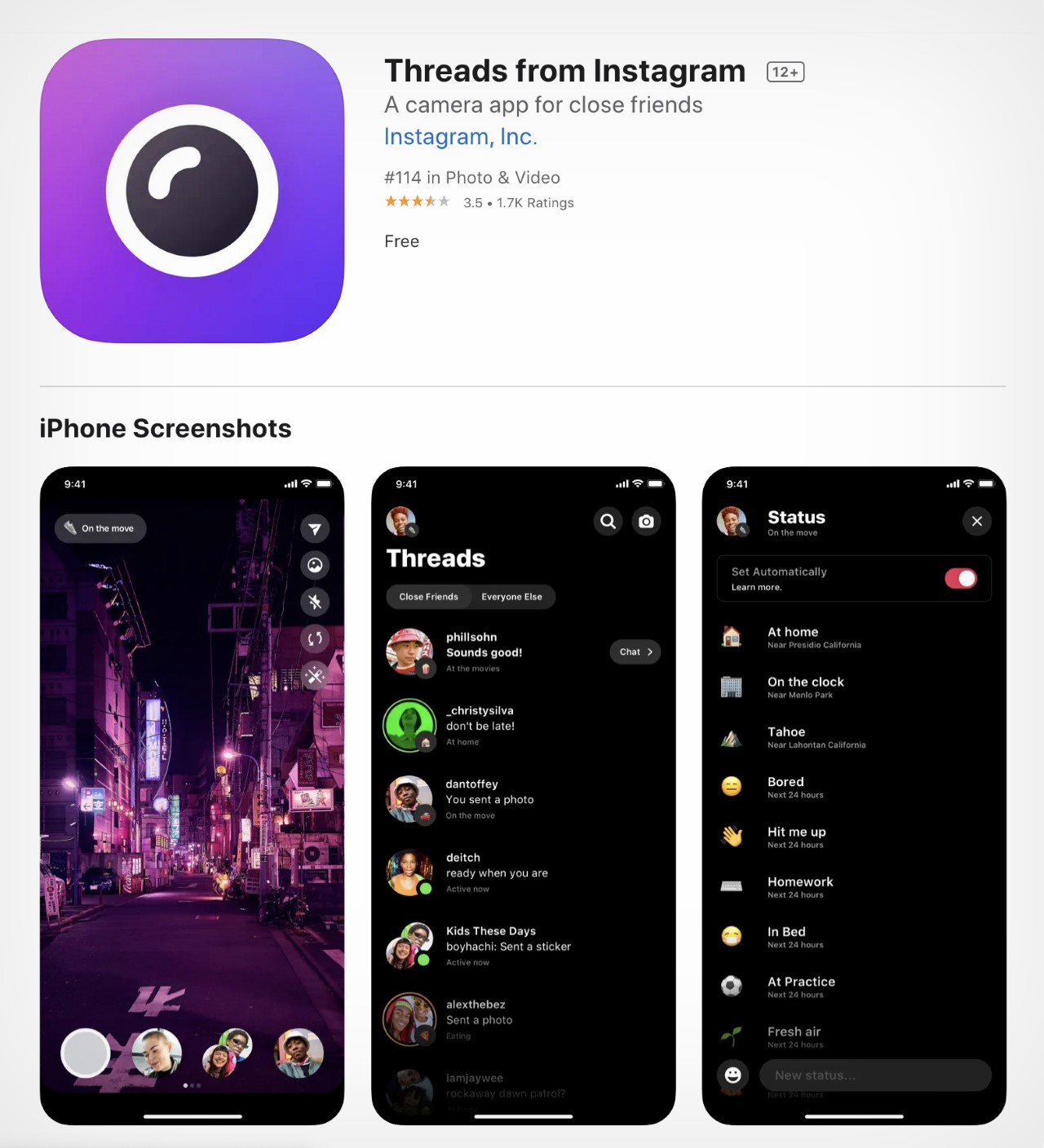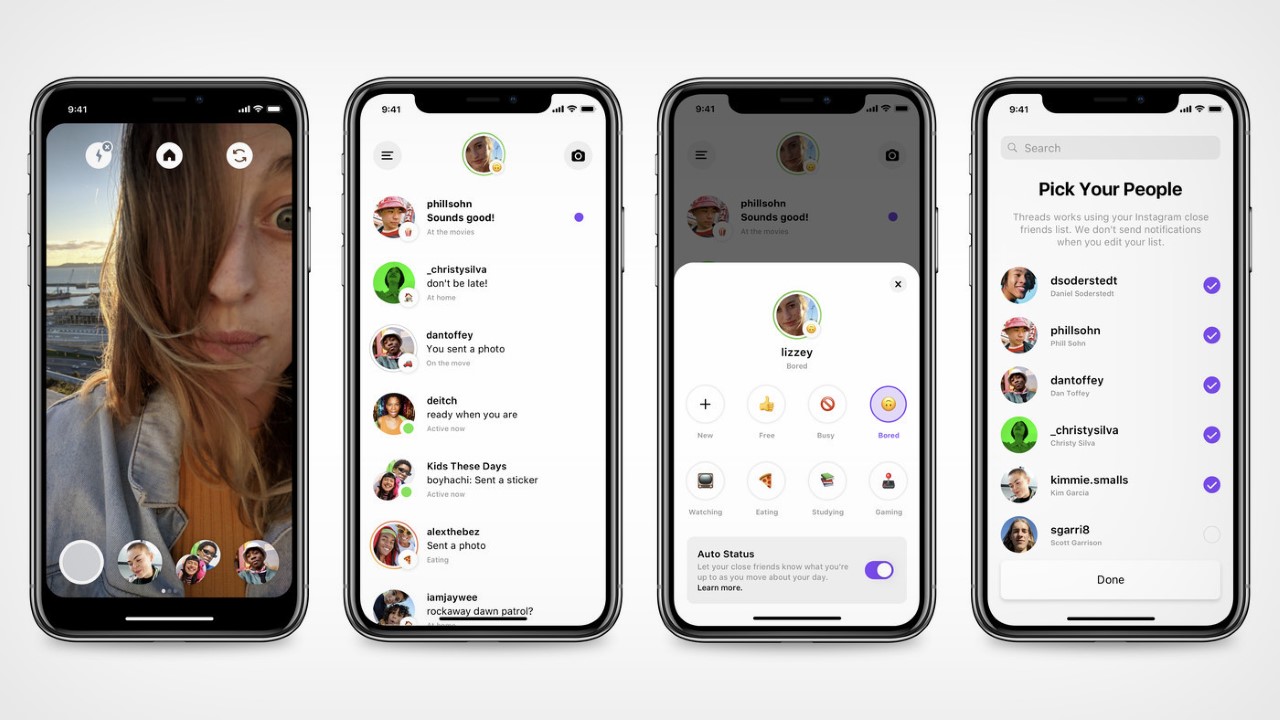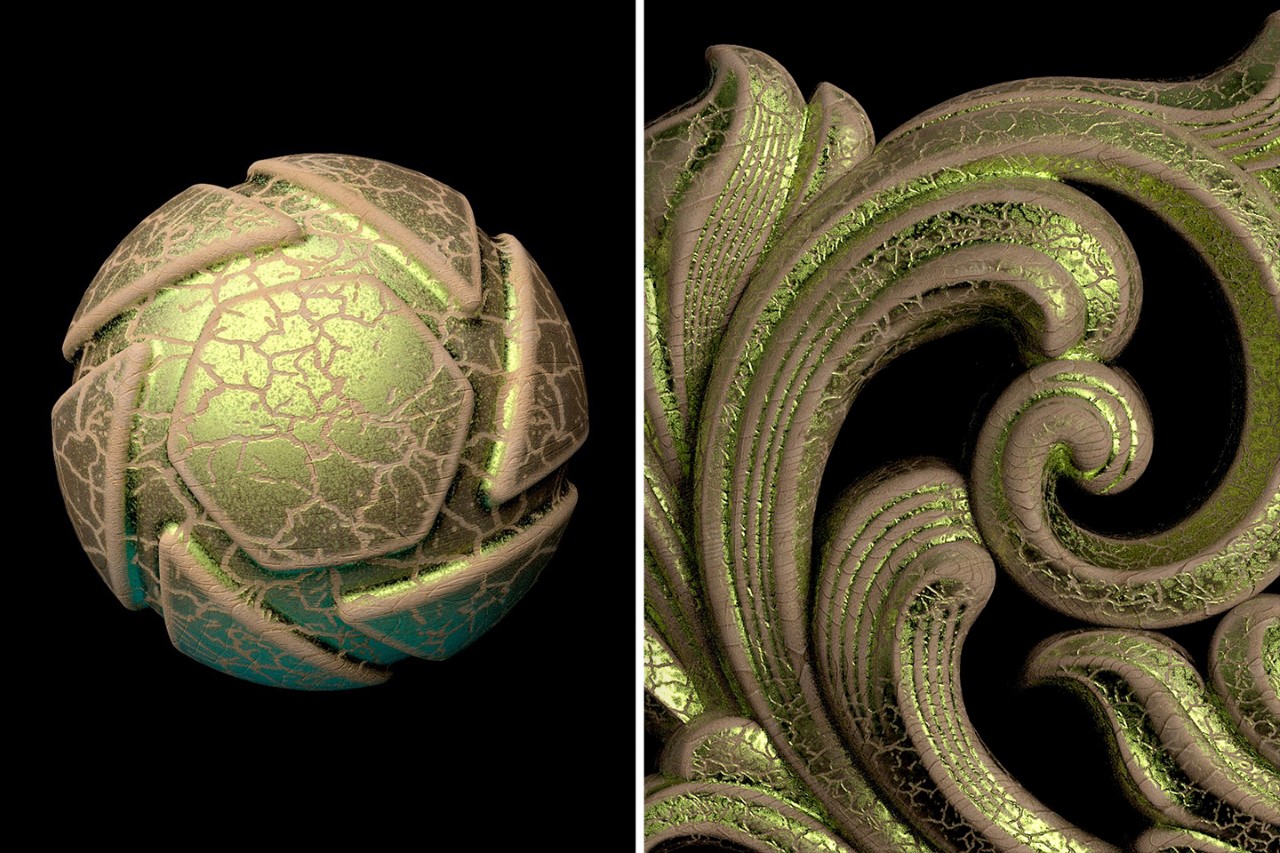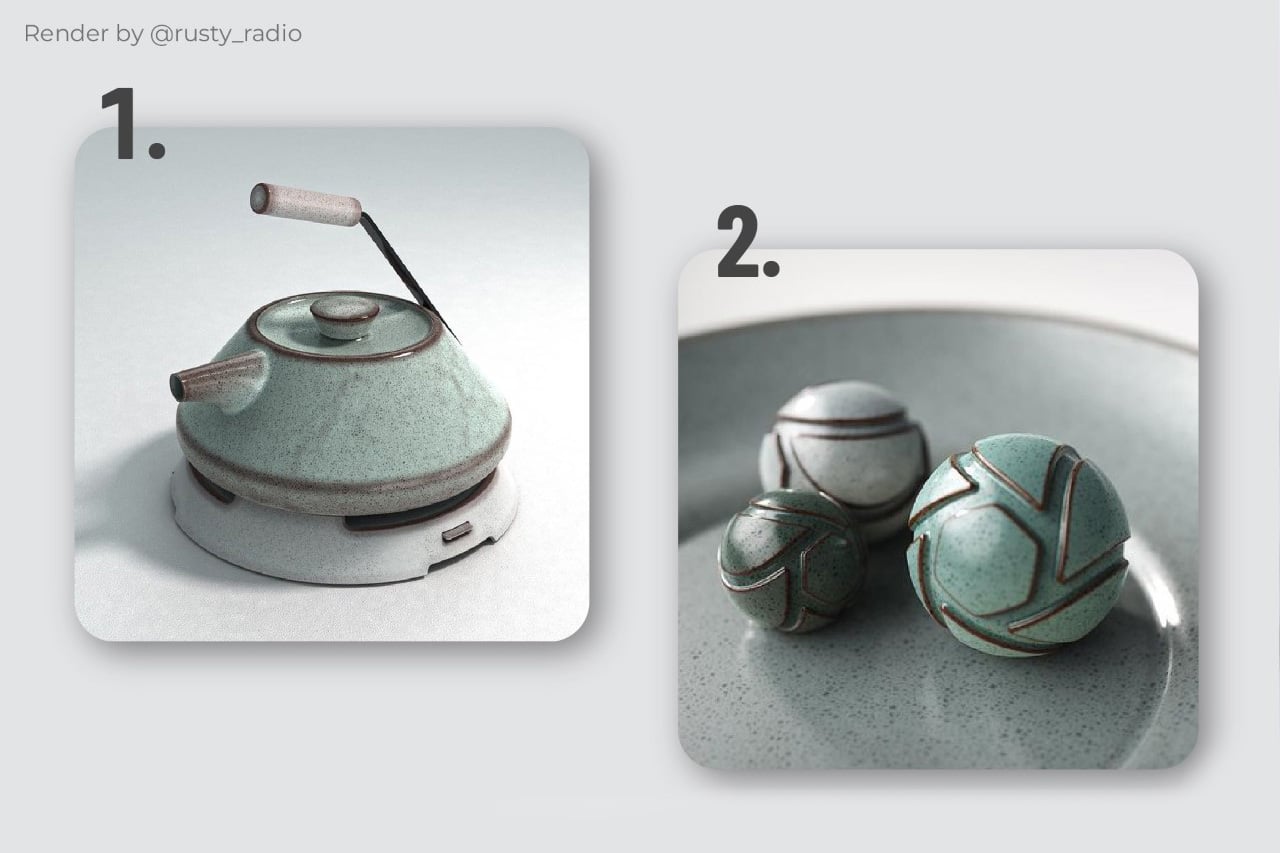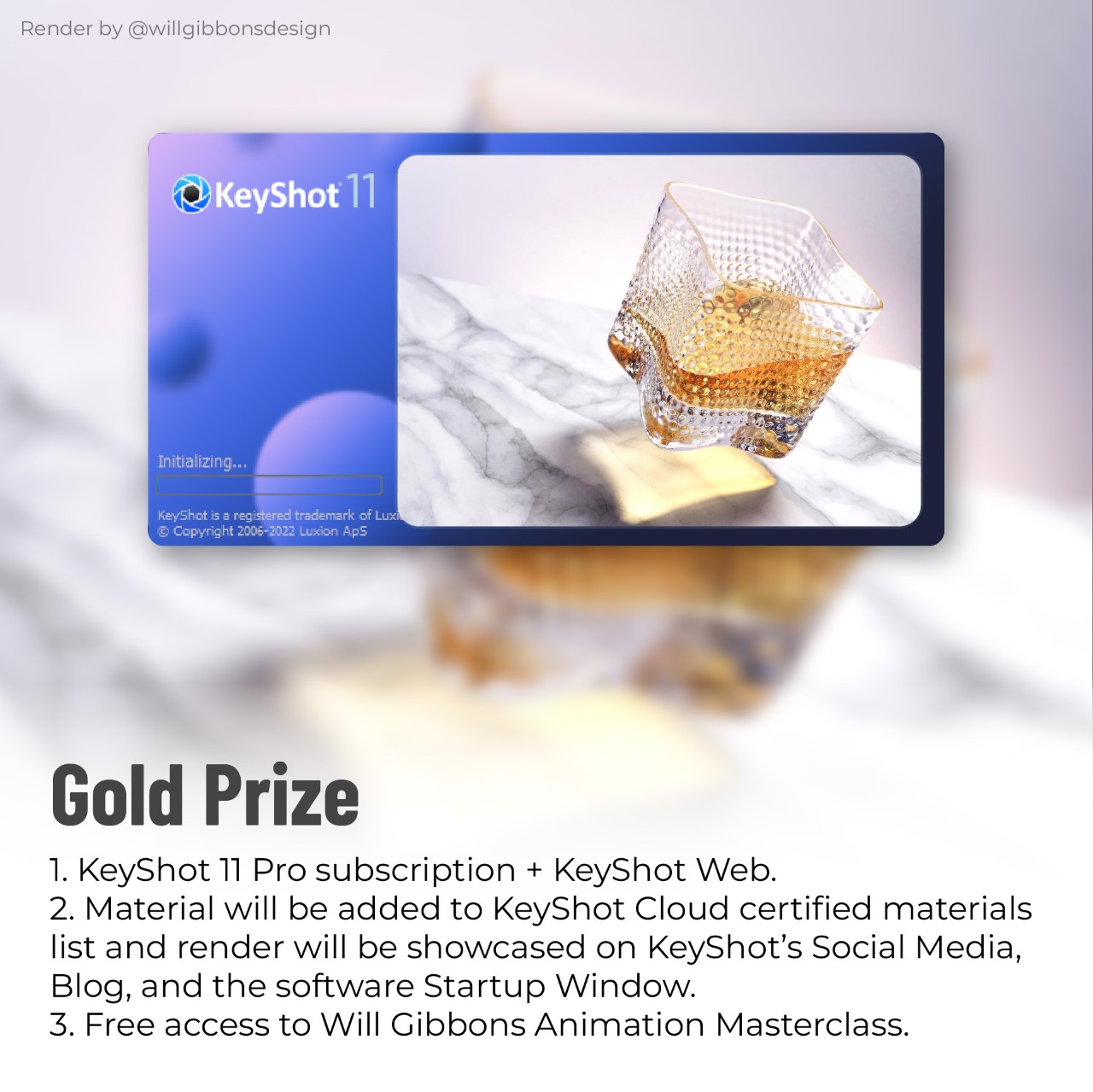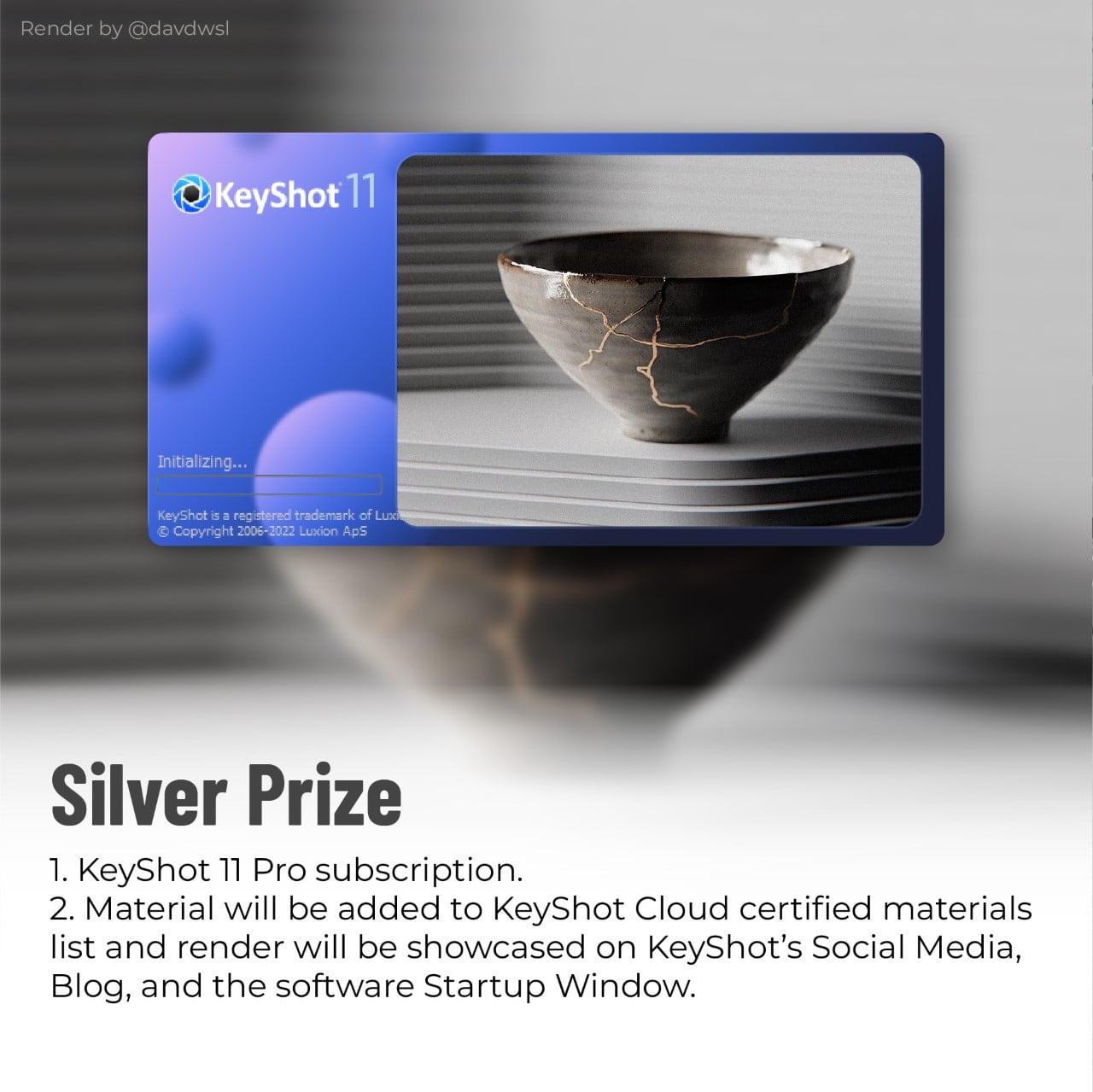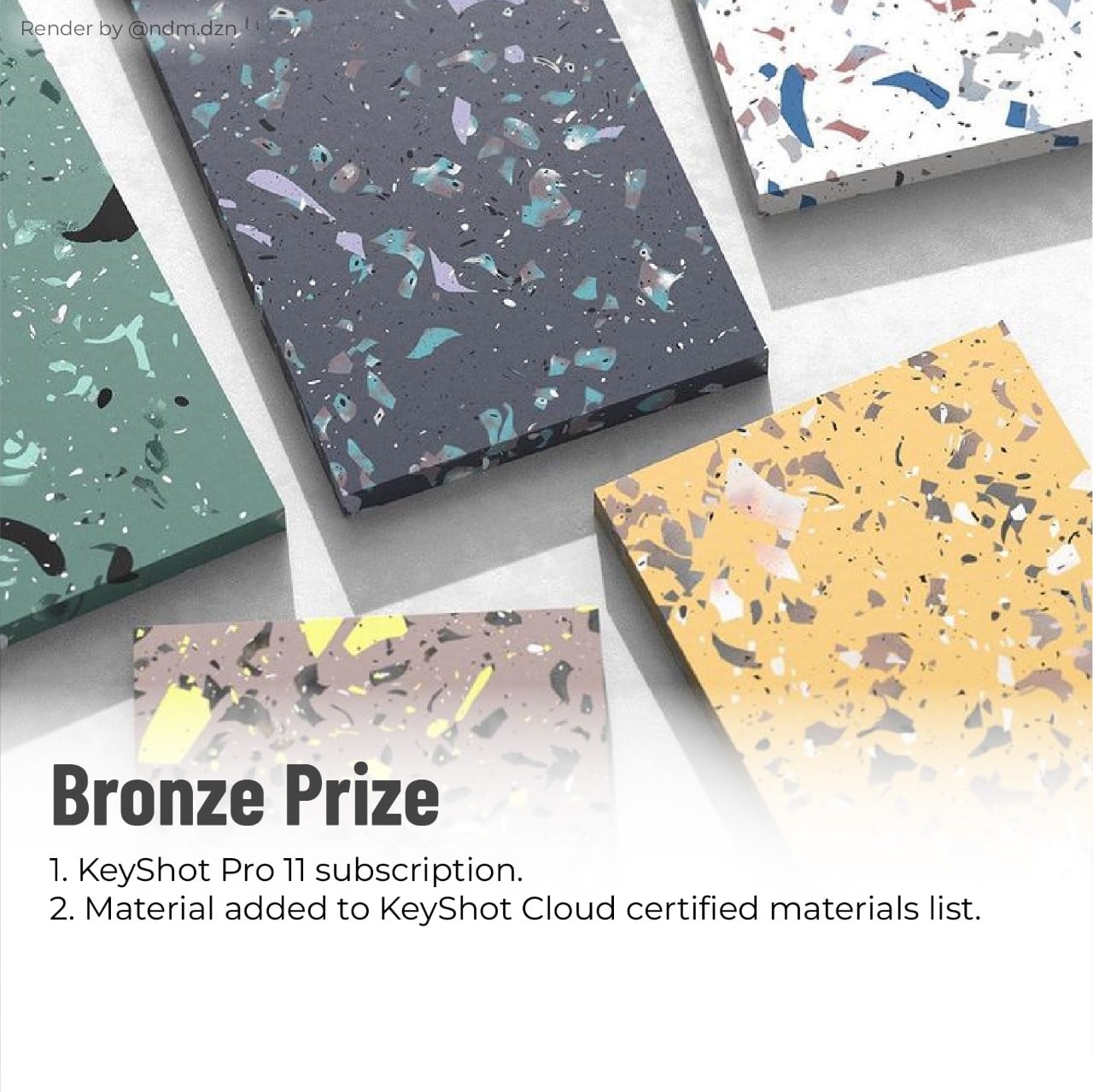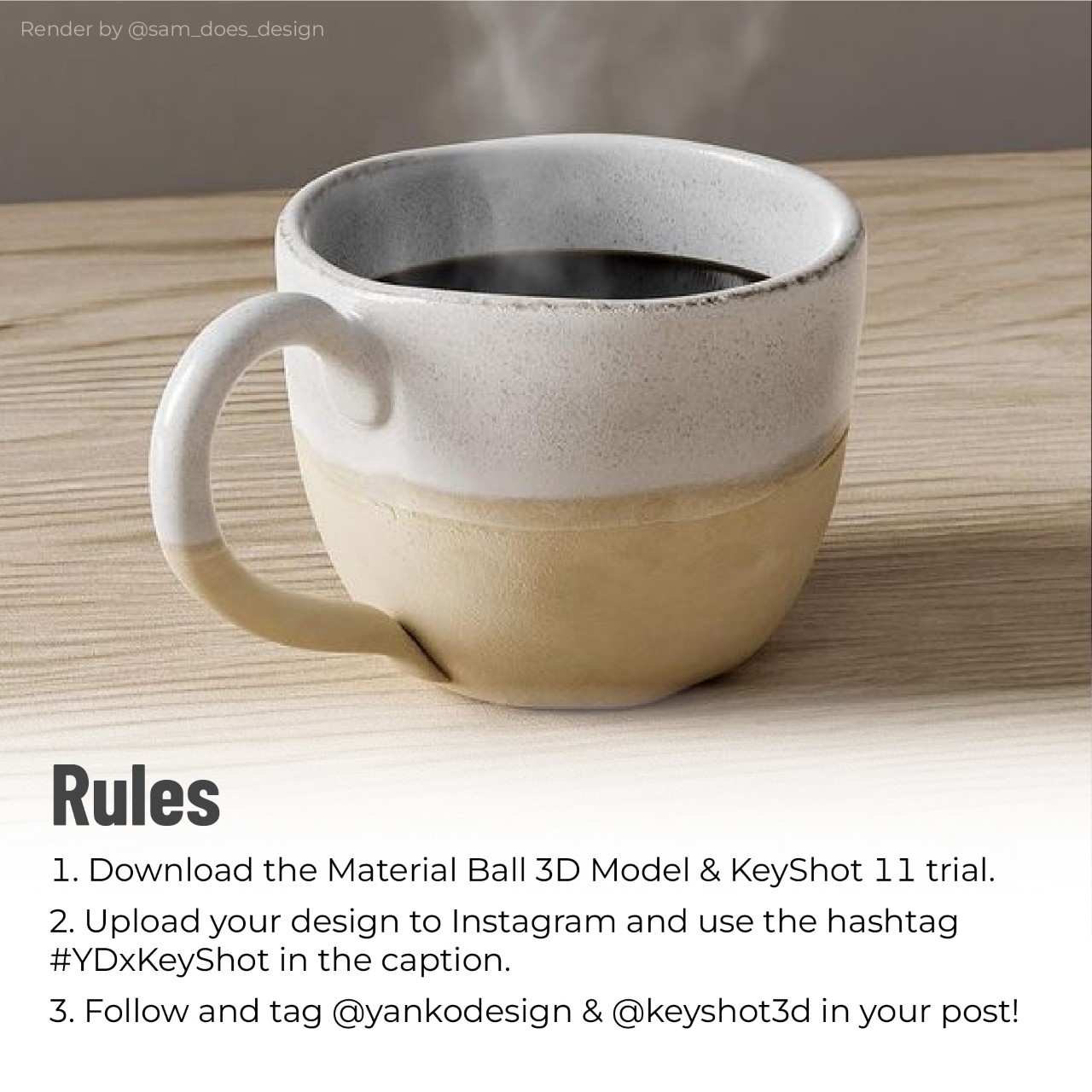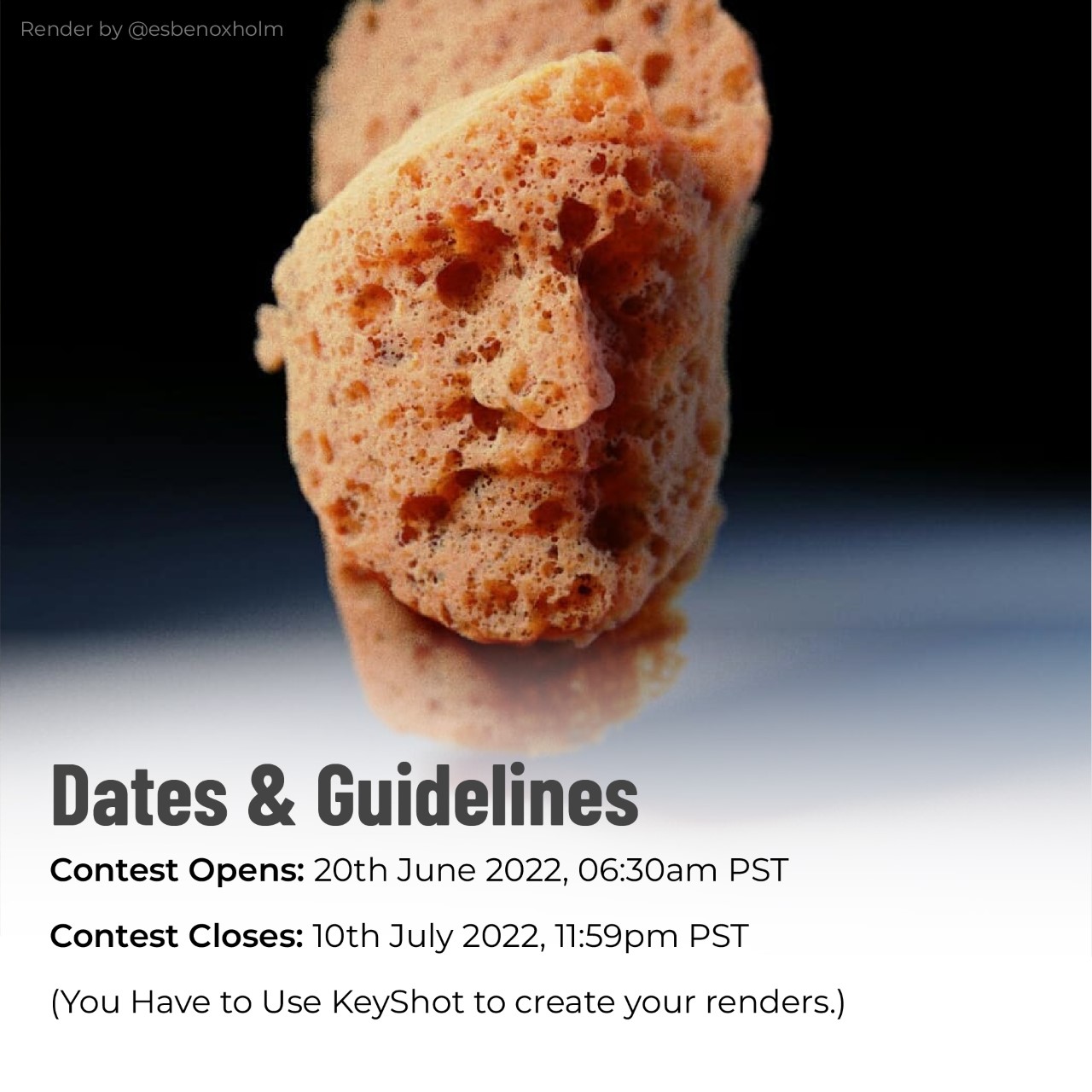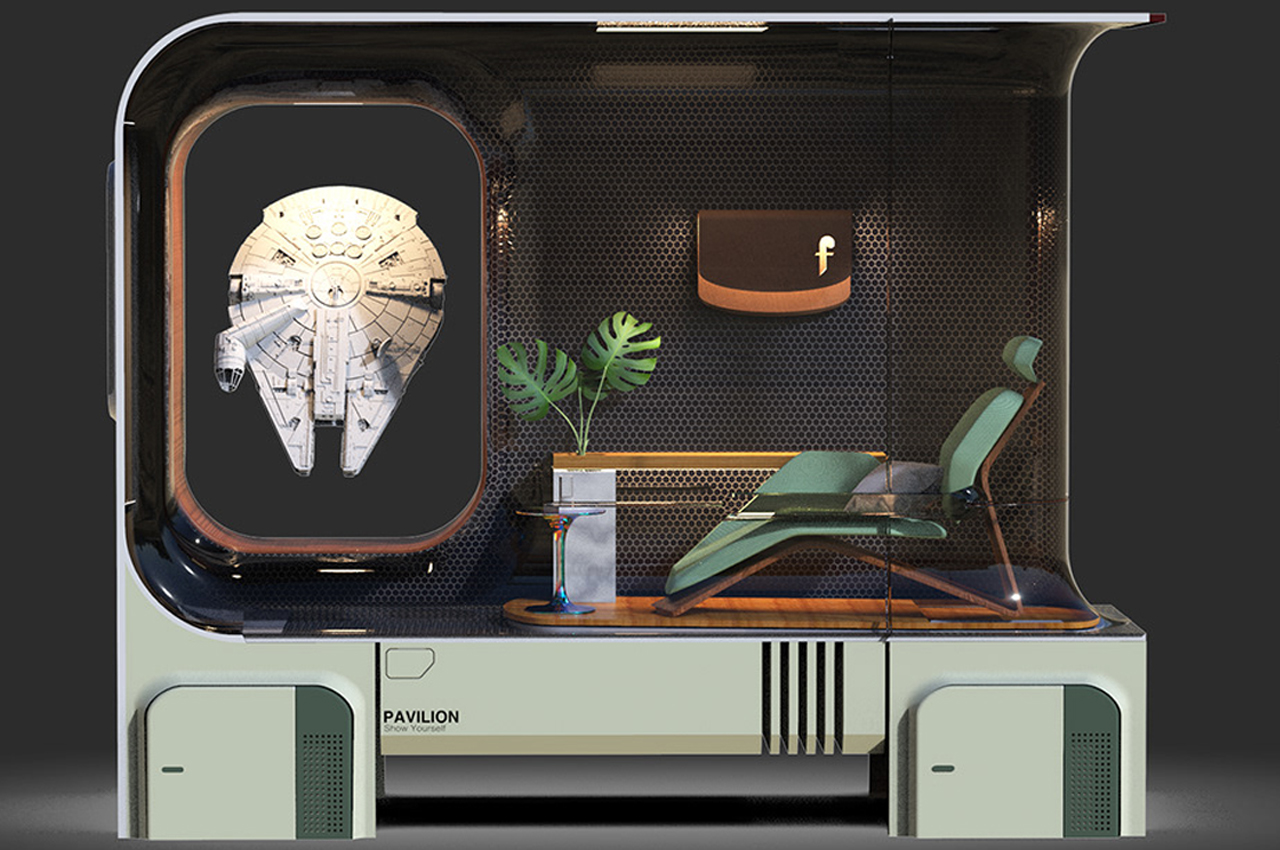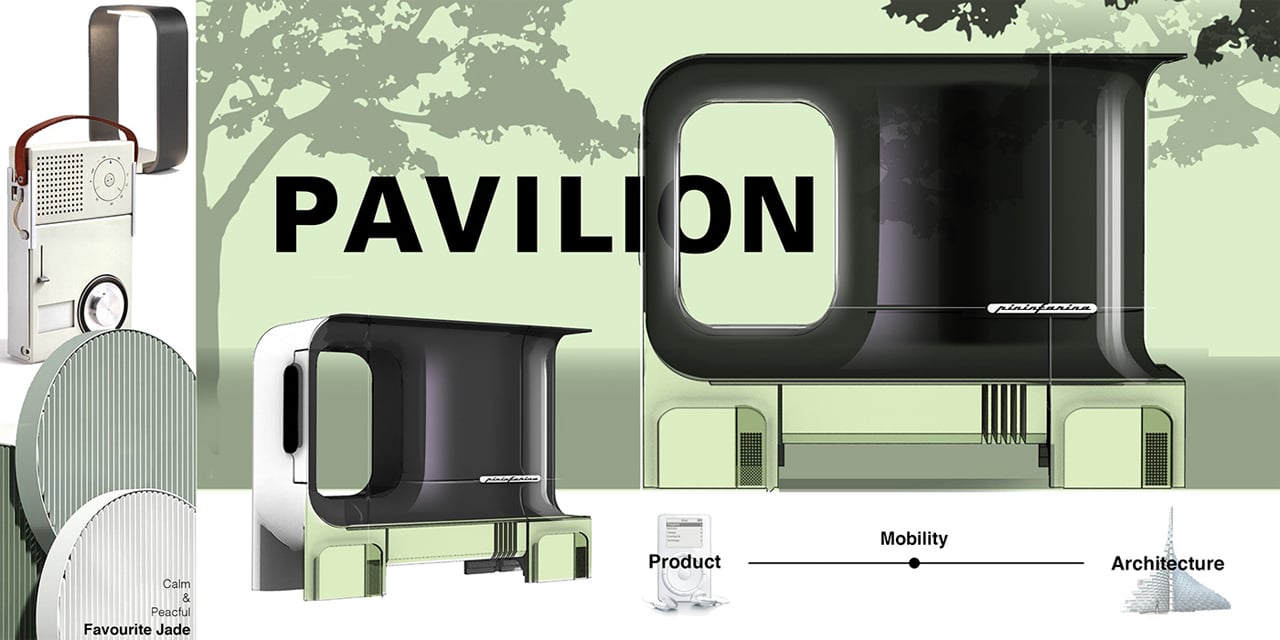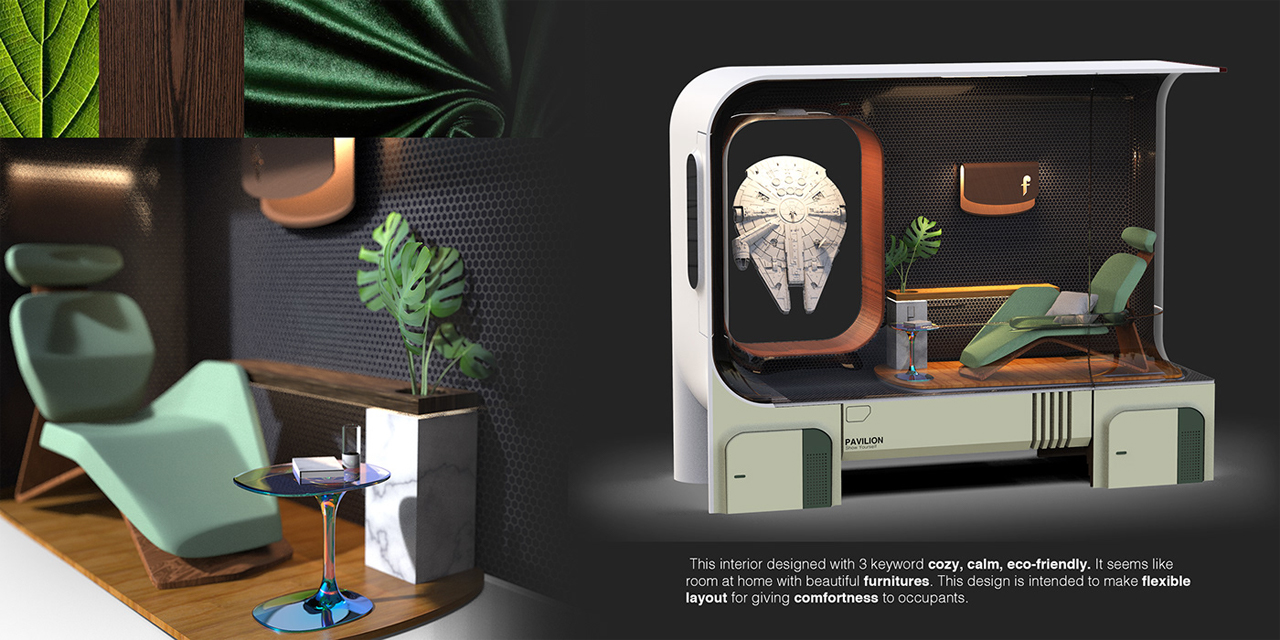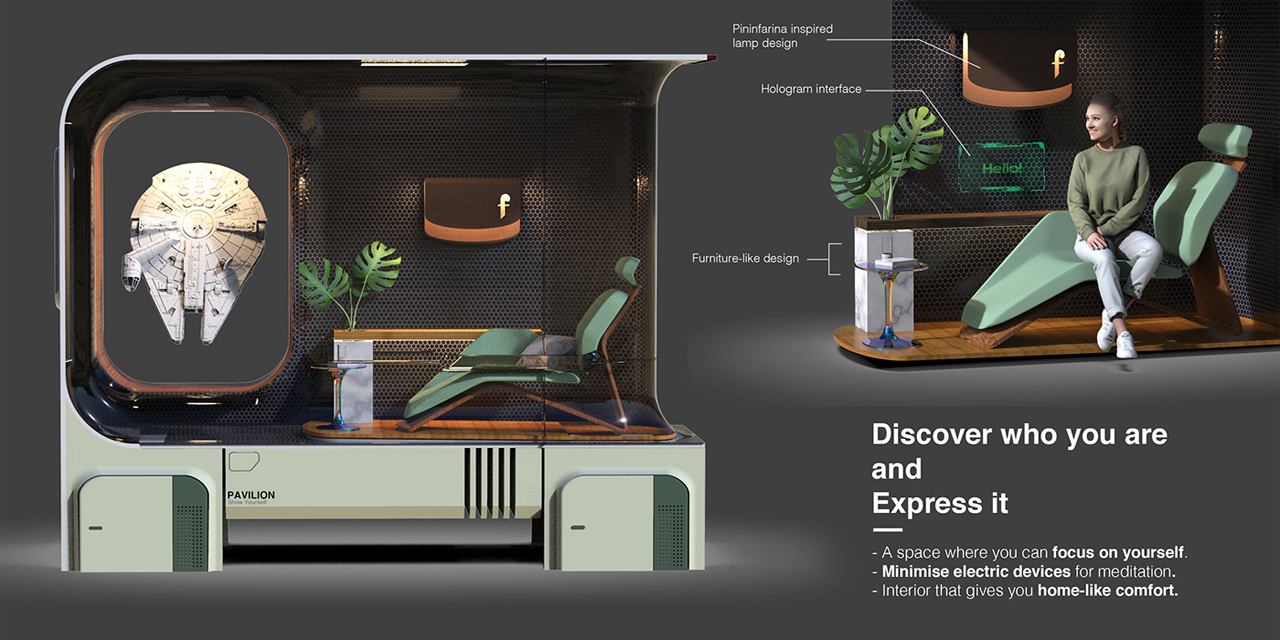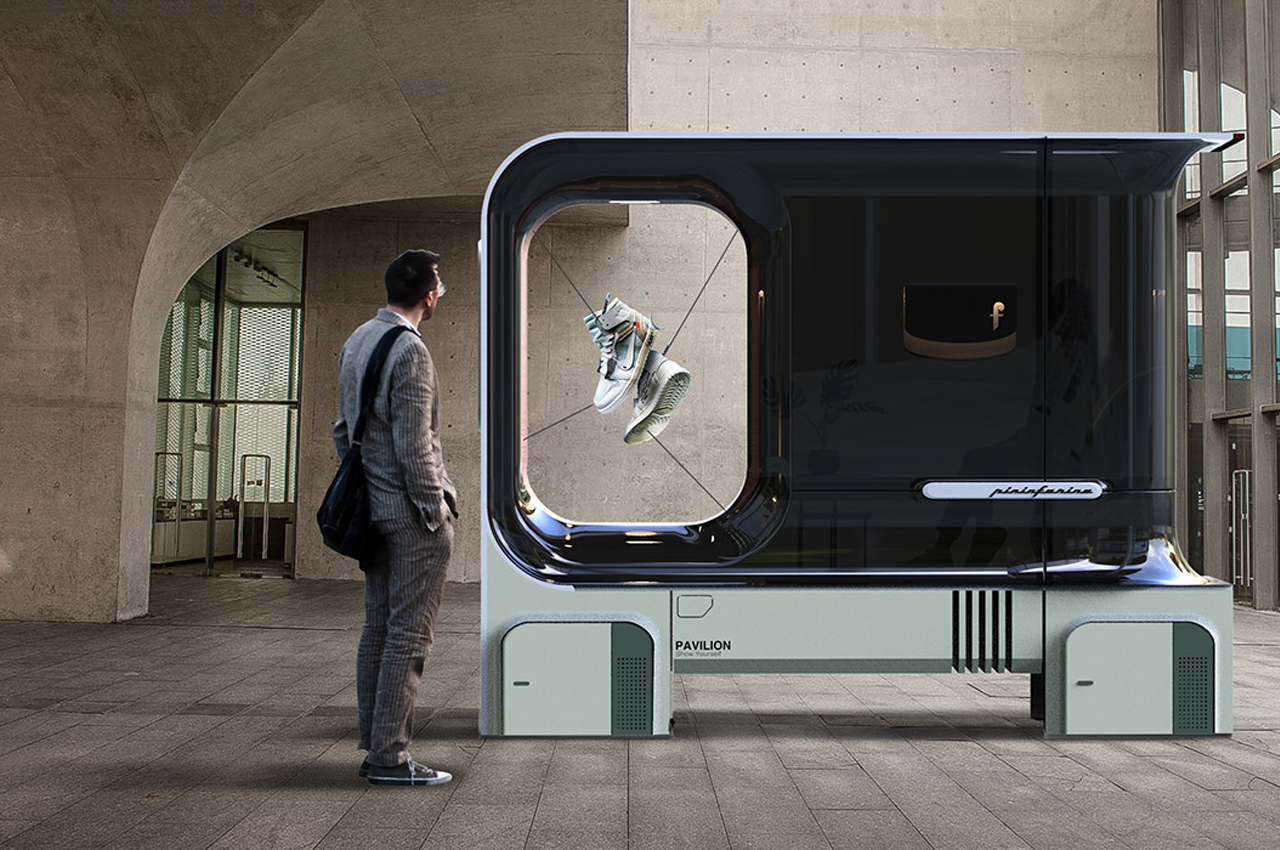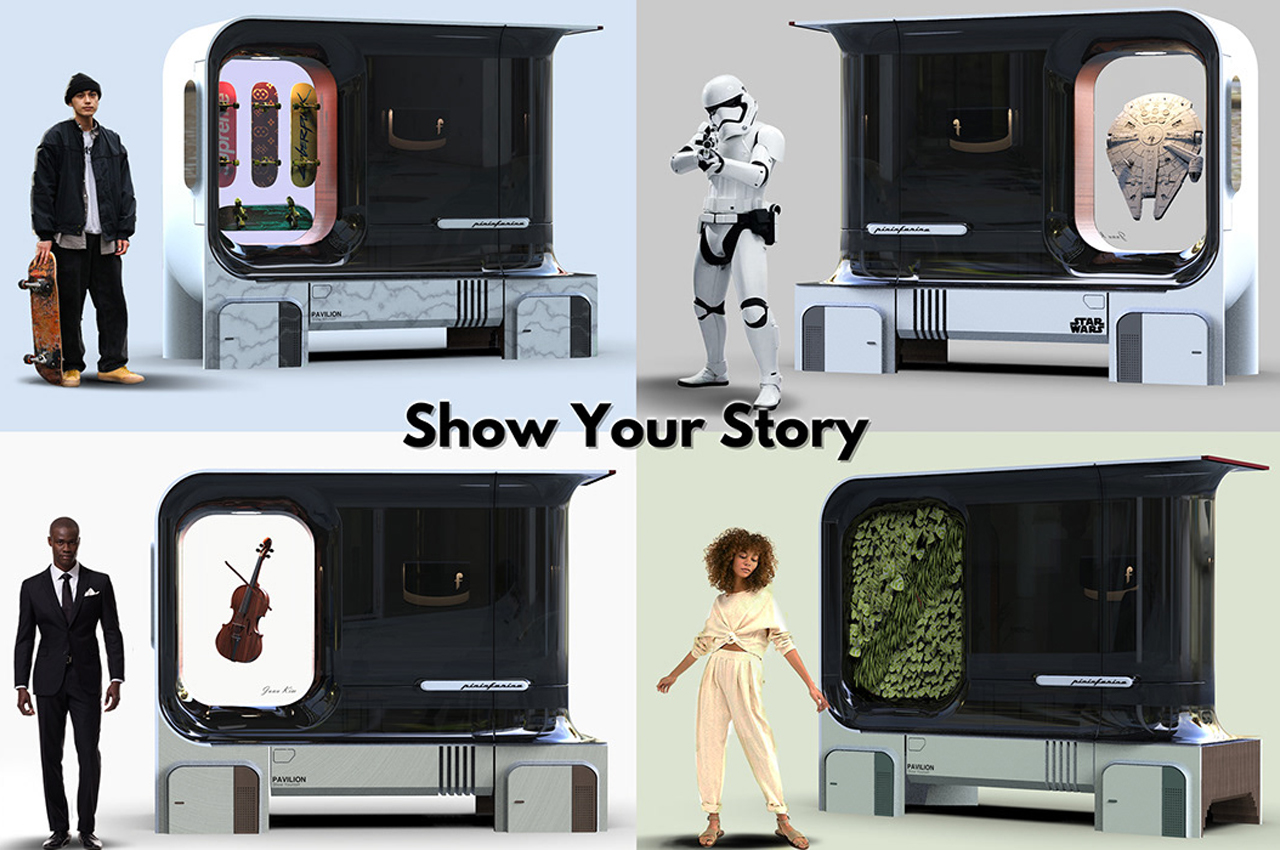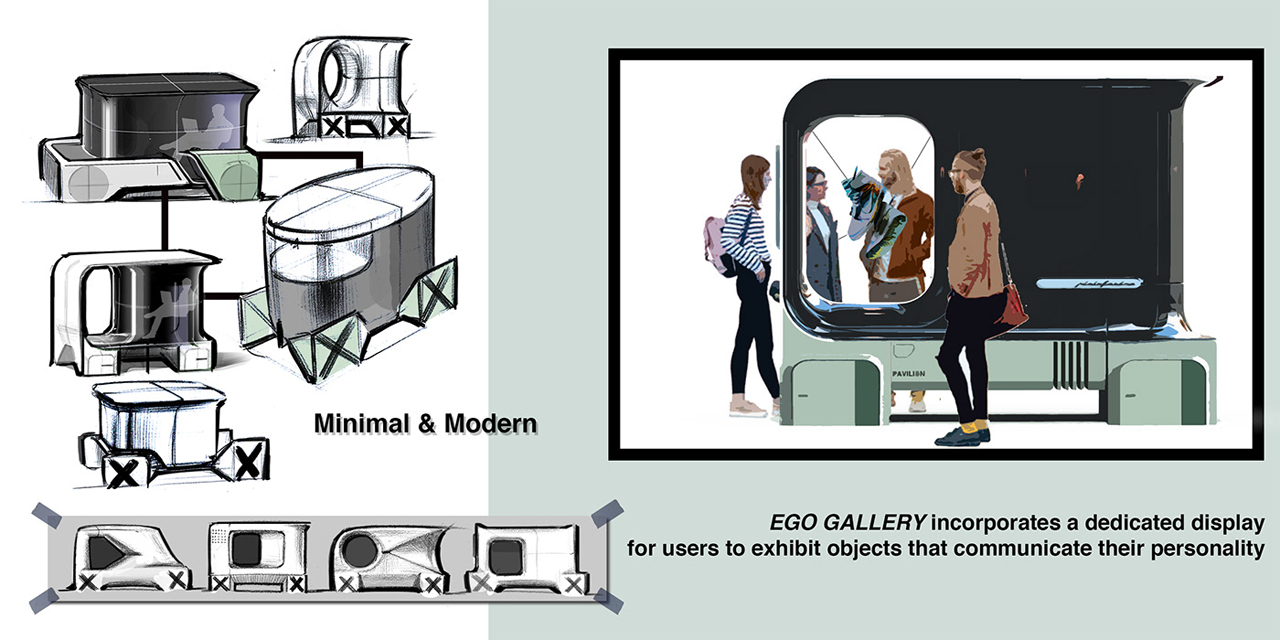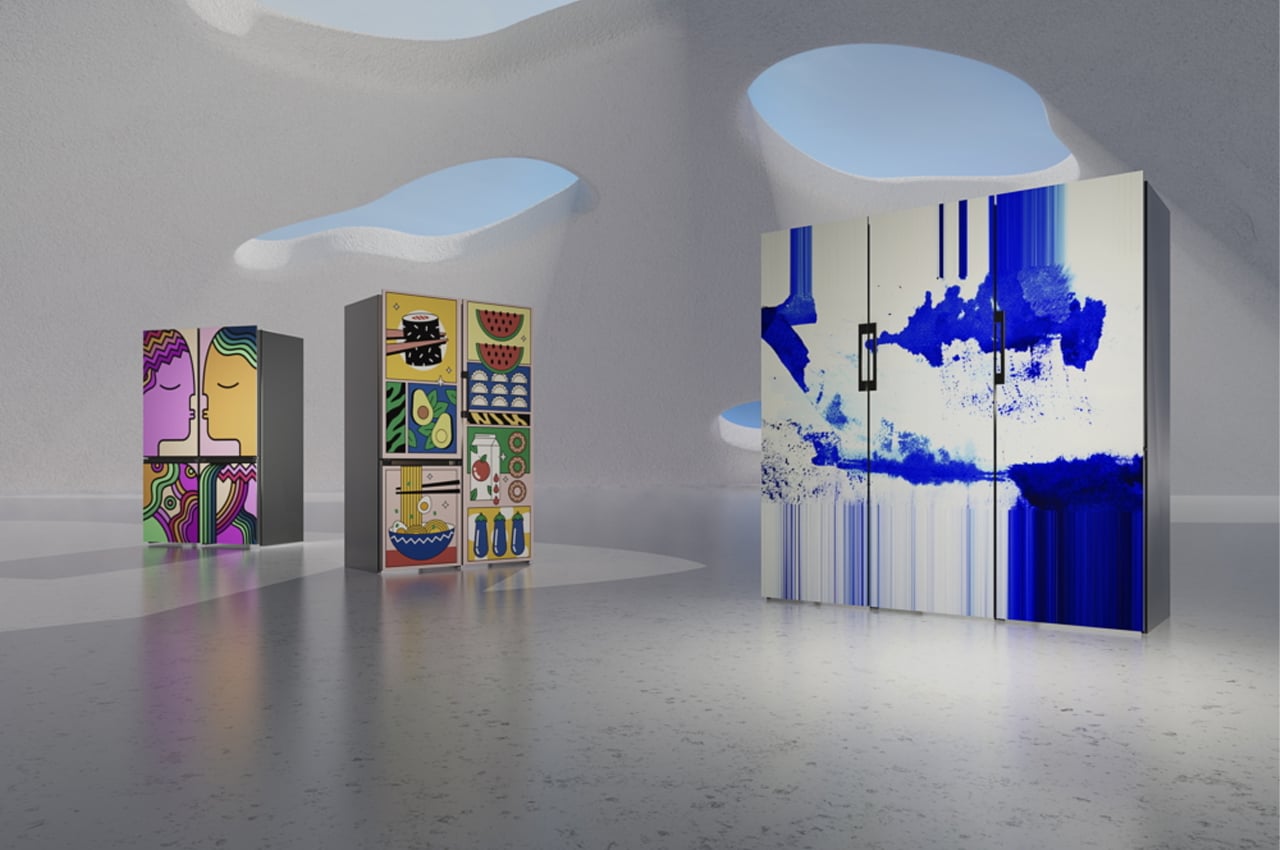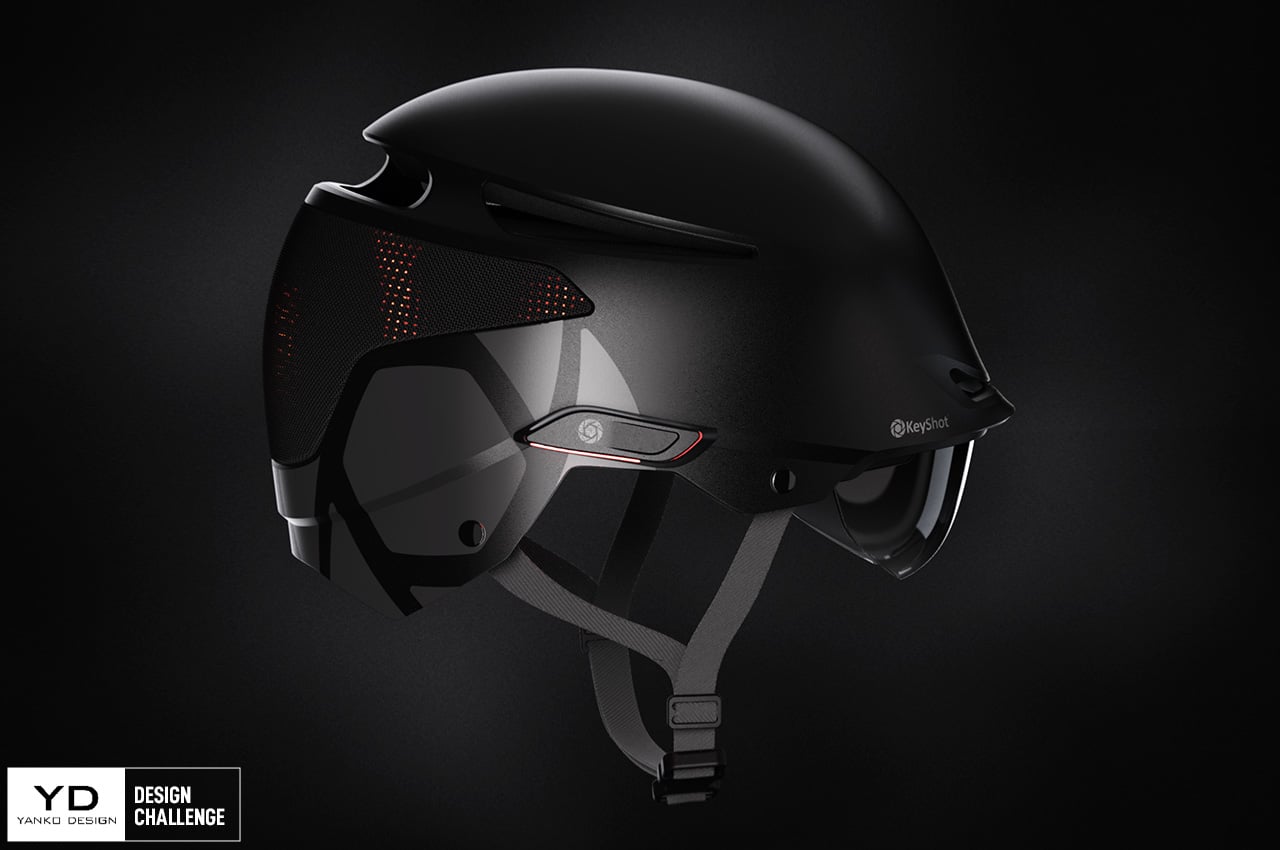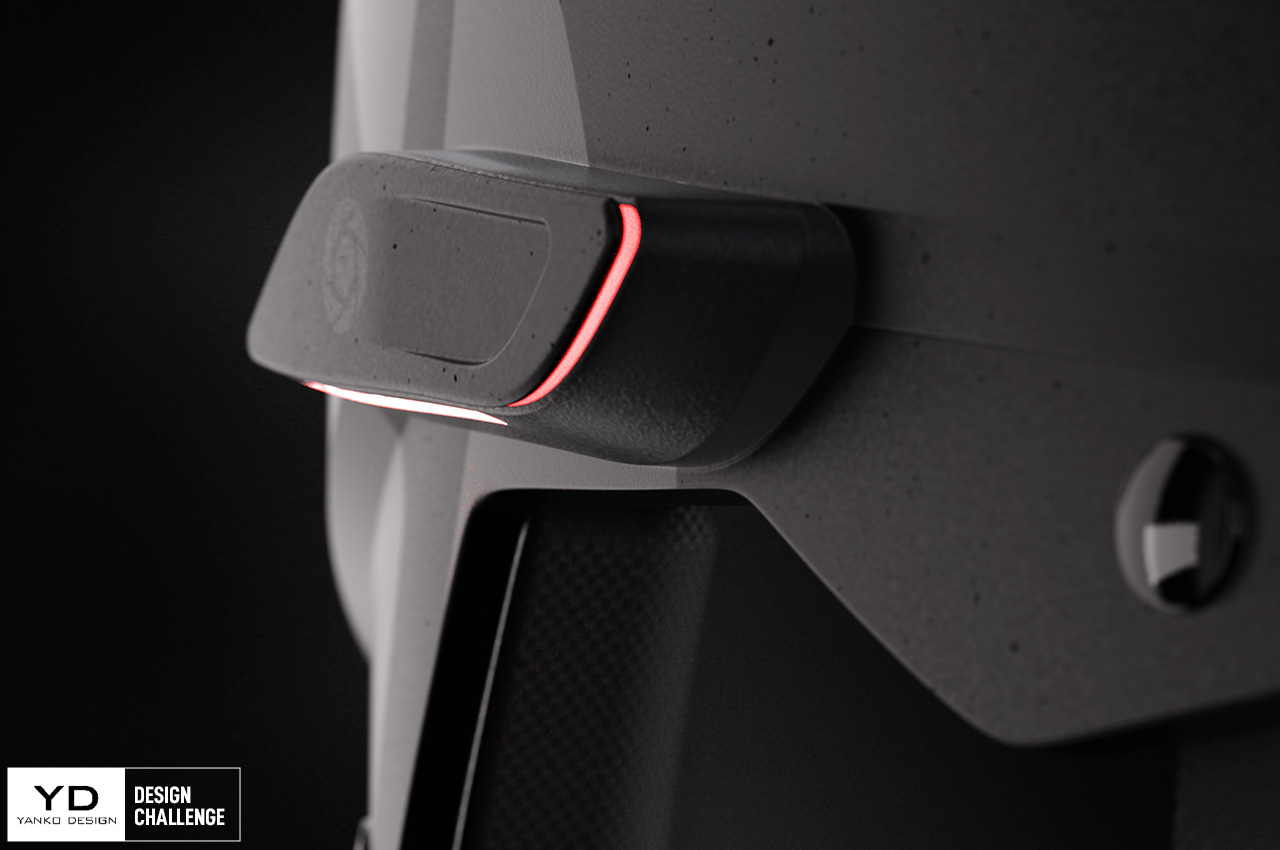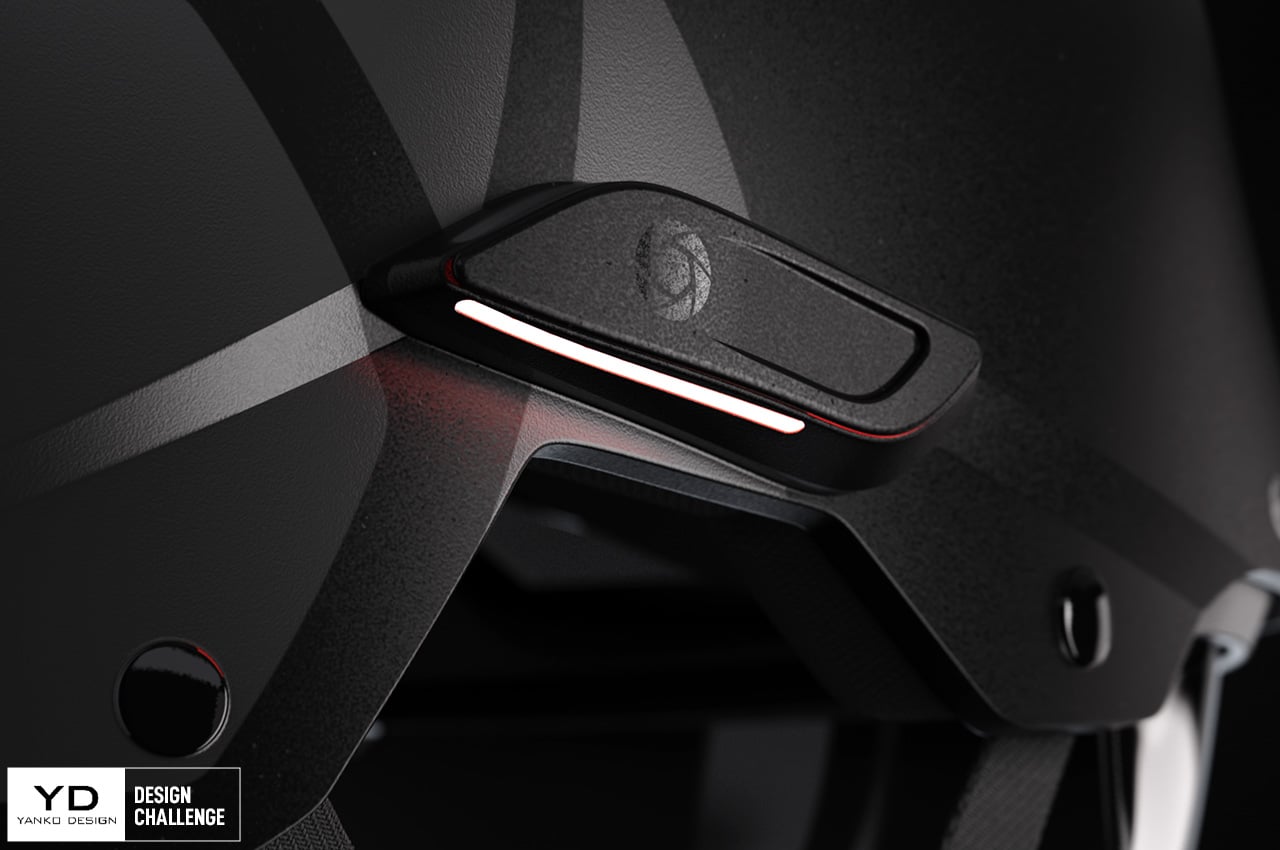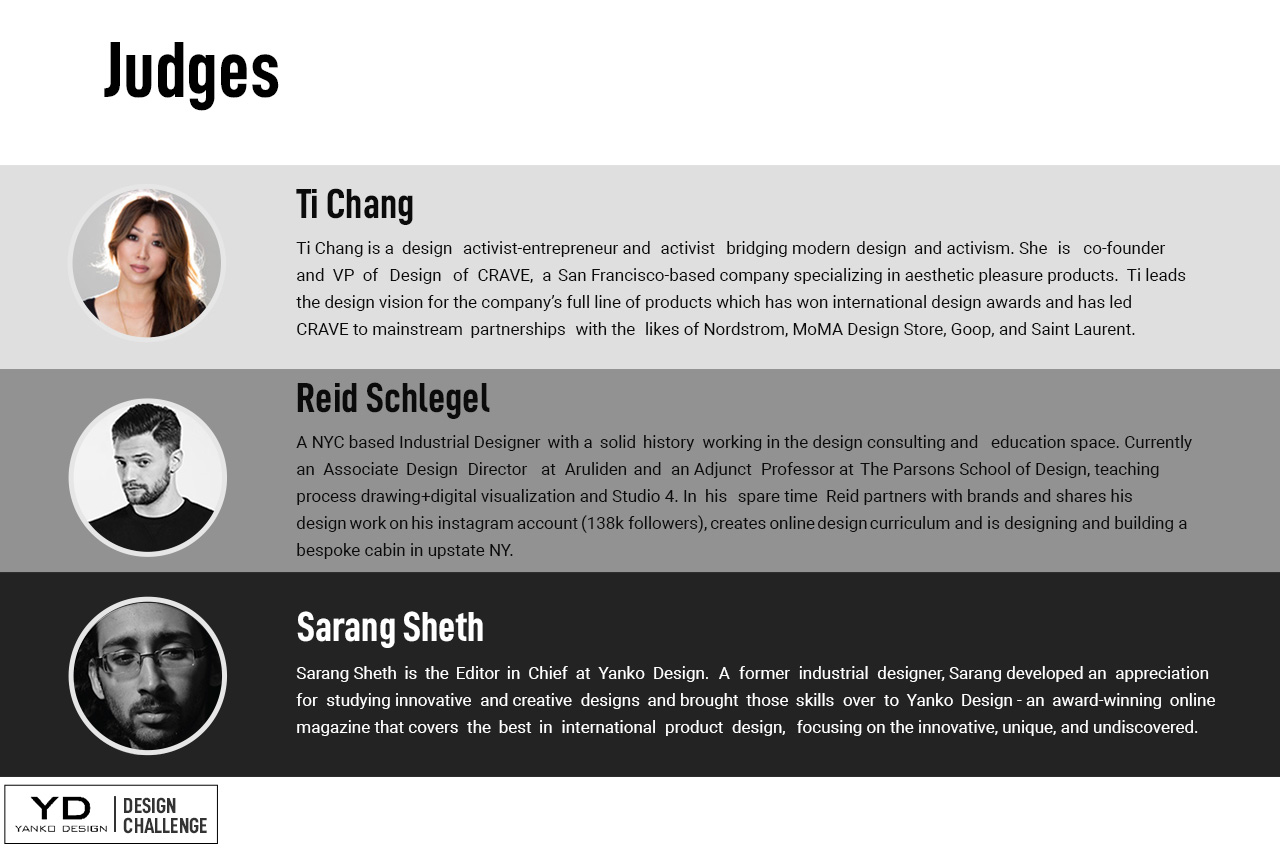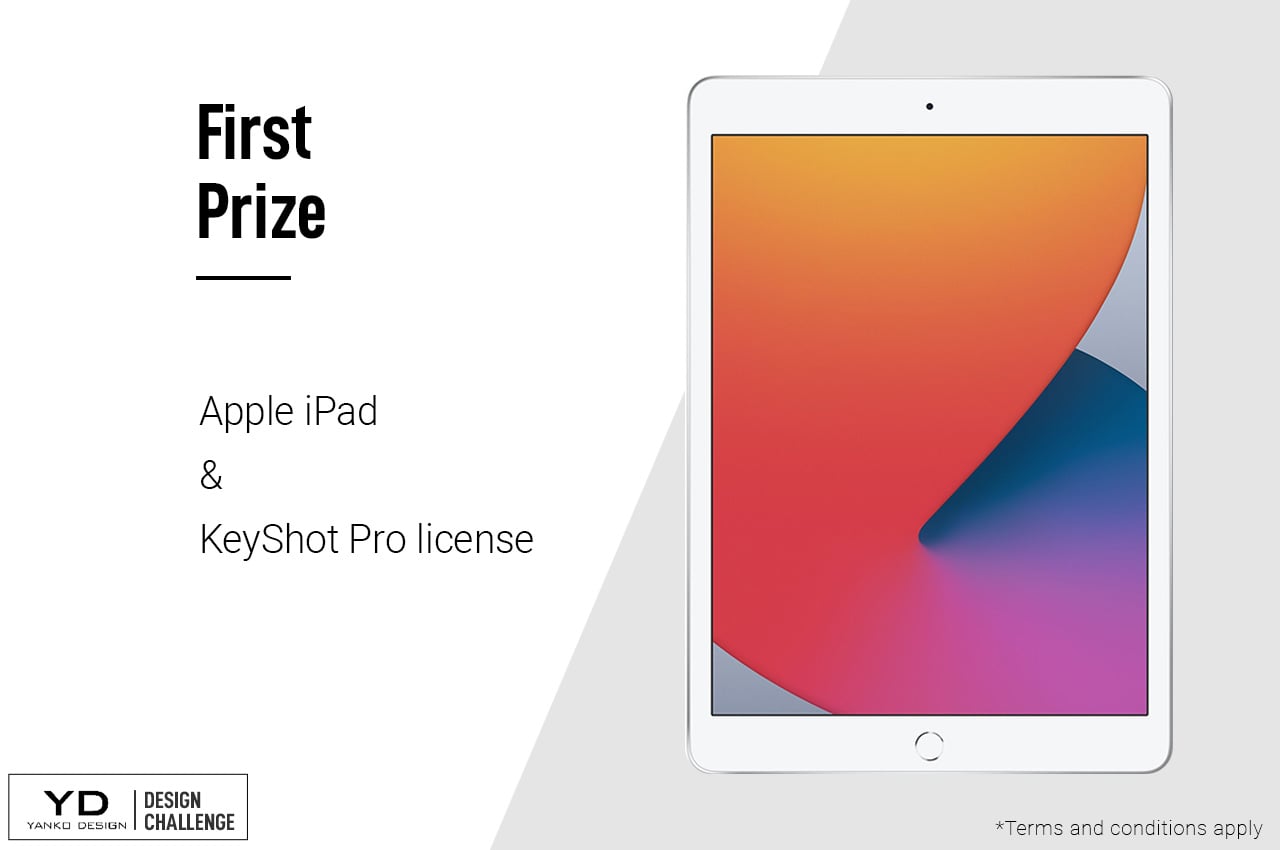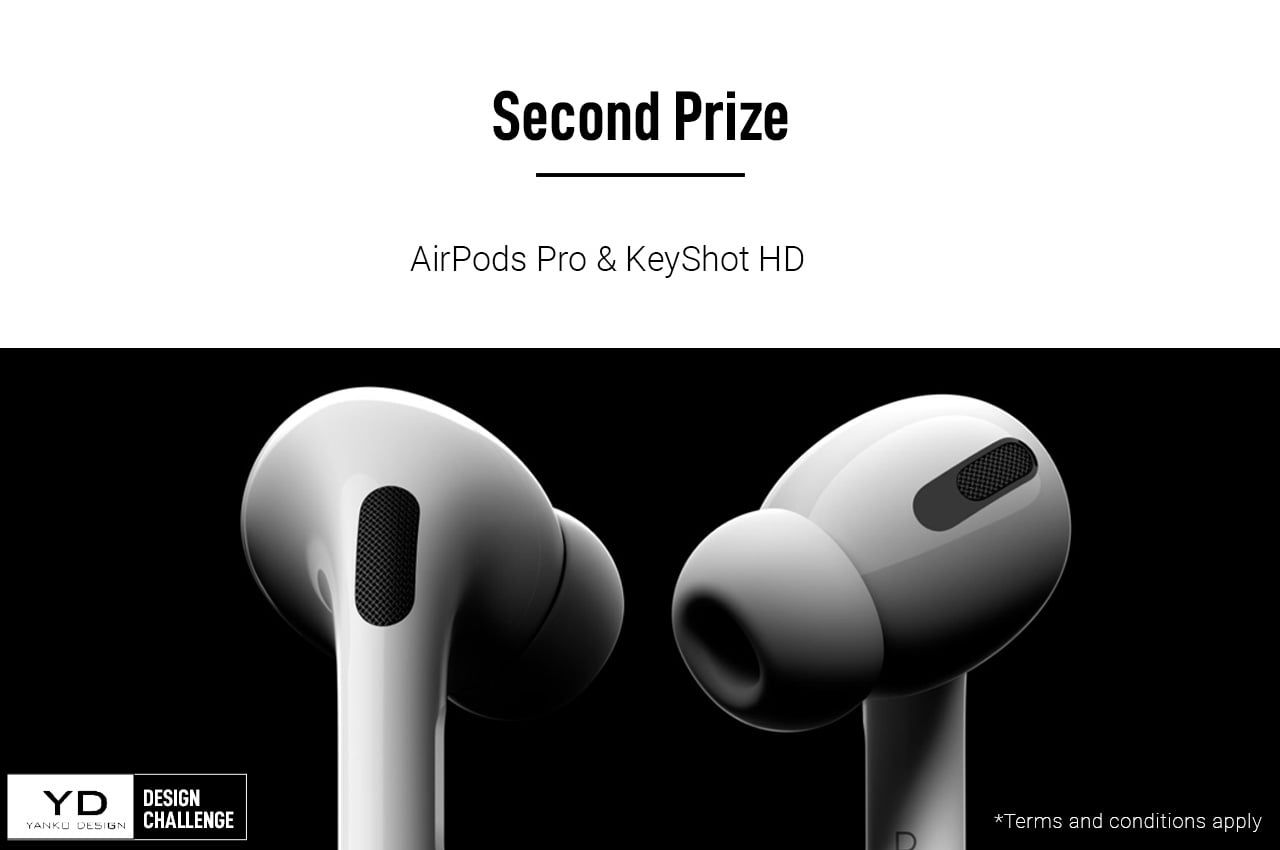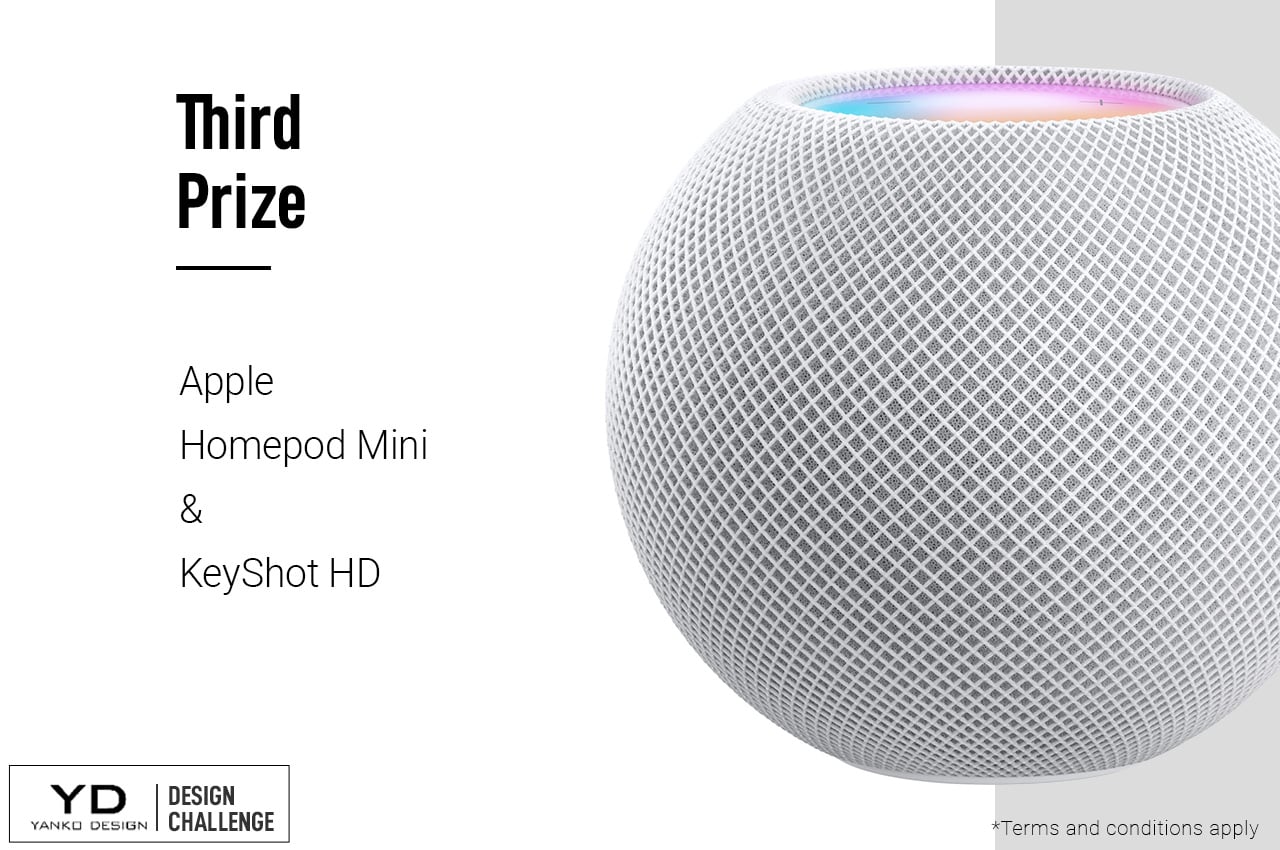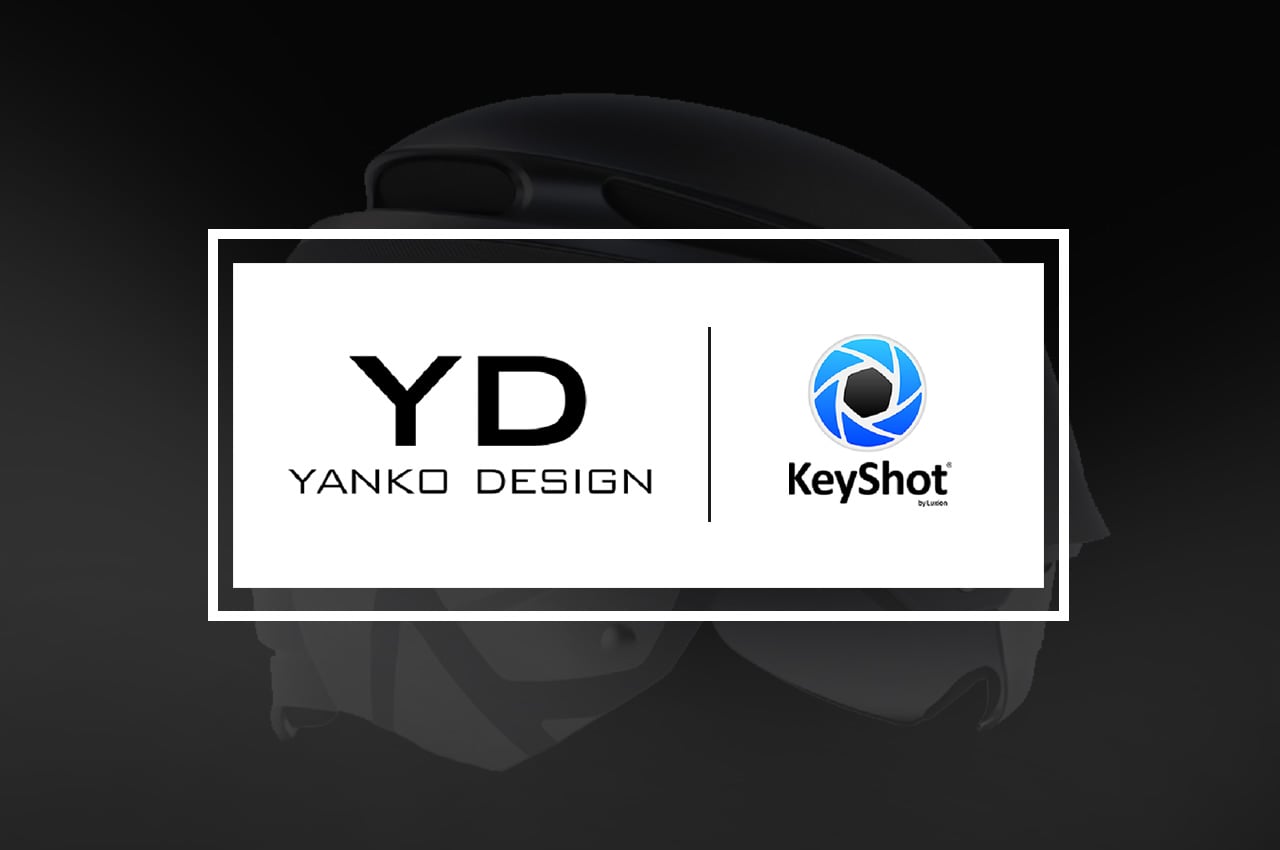
Aside from probably the launch of ChatGPT, I can’t ever recall a recent time in which the internet was THIS excited. While I personally believed that Zuckerberg’s new Threads app was doomed to be a hit and miss, it seems like I was dead wrong – the app saw more than 10 million users sign up in just 1.5 hours, with the number climbing up to 75 million as per a recent announcement from Zuckerberg. The reason? FOMO, along with the fact that the Threads app was designed to be incredibly intuitive. You didn’t need to make an account – if you were on Instagram, the account was already made for you. A simple click would import all your followers, your profile settings, and profile-picture and bio. However, veiled underneath that ease and convenience were a few patterns that designers and tech nerds were all too familiar with. These patterns, referred to as Dark Design Patterns, are known to manipulate and influence a user into doing something against their will.
If you’ve used the Uber app, you’re familiar with how notorious it is to cancel a ride while the app is searching for one. The ‘Cancel Ride’ button is greyed out, but the ‘Continue Searching’ is black and highly visible. Hit the Cancel button and Uber asks you at least twice if you’re sure you want to cancel. Amazon does the same thing with its Prime subscribers. Try canceling your Prime subscription and chances are you’ll just give up because Amazon’s made it so incredibly hard to cancel an active Prime membership.
The Threads app almost immediately displayed a whole bunch of dark patterns with its user interface. We spotted at least 11 of them, and we’re sure there are a lot more to come. Here are some highly evident dark tricks the Threads app is using to ensure you stay on the platform as long as you possibly can… and supply Meta with even more data than before.
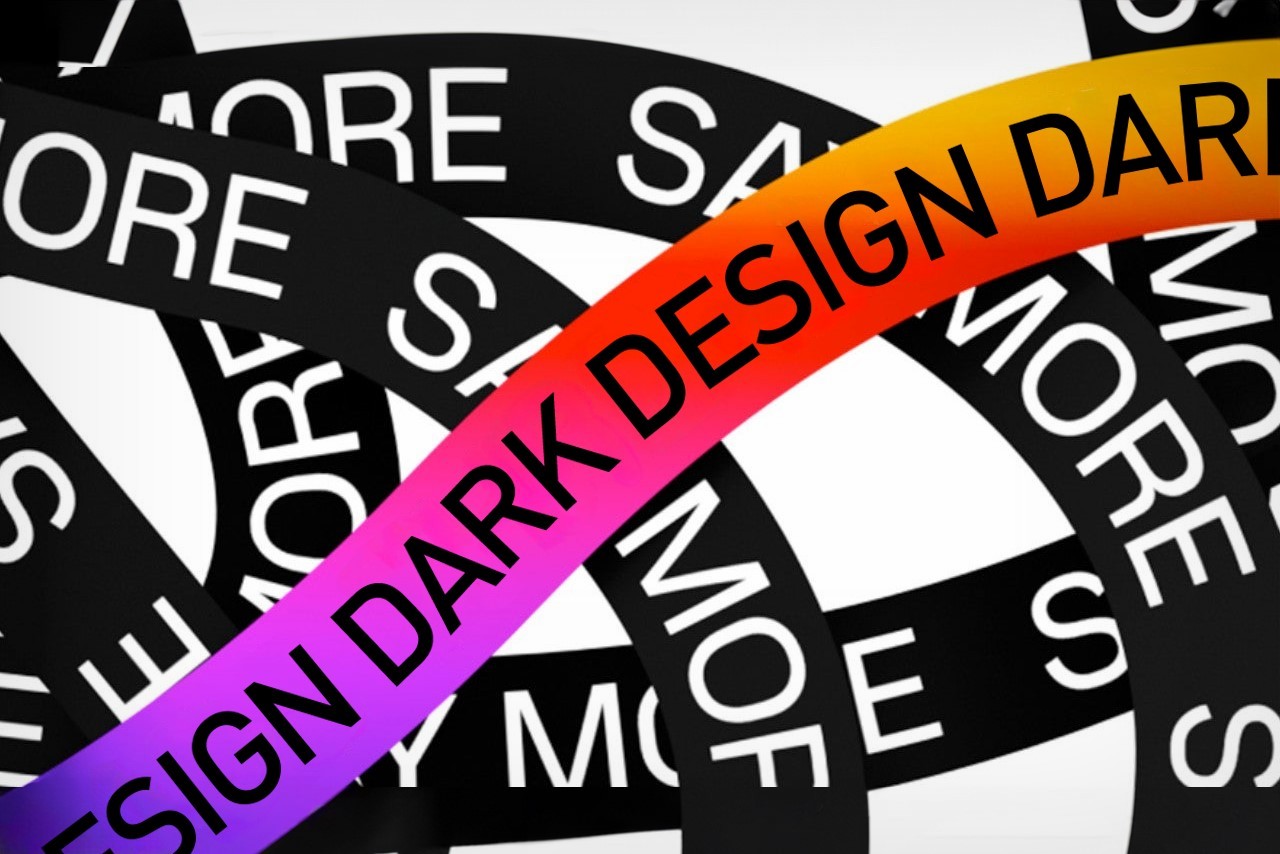
1. In order to first make your Threads account, you need to log in through Instagram. The Threads app doesn’t let you create an account WITHOUT having an Instagram account. It does so to make the transition for Instagram users incredibly easy… but in doing so, it also ensures that people NEED to have both Instagram and Threads accounts active at all times. There’s no Threads without Instagram, so if you gave up your IG for any particular reason, you’re in a tough spot.
2. While onboarding users was designed to be easy, the Threads app does something notorious to ensure users don’t leave too. If at any point in time you feel the need to ‘delete’ your Threads app, it means you’ll have to delete your Instagram too. Sounds bizarre, right?! Well, the settings panel in the Threads app mentions that “deleting your account apply to both Threads and Instagram”, taking the ability to selectively delete your accounts right out of your hands.
3. As a form of consolation, Threads does allow you to ‘deactivate’ your account. This takes your Threads profile offline… but the data still exists on Meta’s servers, and it still remains tied to your IG at all times to help Meta build that dataset on you.
4. The reason why joining Threads was so easy was because your account was already created for you in advance. Prior to the launch, a Threads section on your Instagram page would give you a QR code and tell you that your IG handle was already reserved for you on Threads. It’s easy because the app is literally being handed to you on a silver platter with your username already pre-selected. This dark pattern becomes even darker because if your IG accidentally gets hacked, the hacker gets you Threads account with it, with little to no effort.
5. However, if you’ve somehow resisted joining Threads, don’t worry because Instagram makes it incredibly easy for others to share Threads content on the IG app – as a post, a story, or even a DM. This means that there’s really no escaping Threads content even if you made the conscious decision to not sign up for it. The fact that it’s so easy to share you Threads on Instagram just makes it grow faster, and in doing so, trap more users easily. Don’t think it’s a dark pattern? Well, think of it as being incredibly anti-competitive to all of Thread’s newer rivals like Mastodon or Blue Sky.
6. The Threads app conveniently copies all your profile settings from Instagram, but requires you to manually set your notification settings all over again. Moreover, just like Facebook and Instagram are often filled with bogus notifications, the Threads app will send you a ping every time someone you know joins Threads… a classic dark pattern to have you constantly checking the app every few minutes.
7. The Threads app doesn’t just copy profile settings, it basically mirrors all your IG data, providing Meta with yet another avenue for advertising. Sure, the Threads app doesn’t have ads or sponsored content, but don’t be surprised if you get ads on Instagram for stuff you speak about in Threads.
8. Perhaps one of the most malicious dark patterns lies in how much data the app collects on you. Even though Threads is just a microblogging platform, the app has access to your health data, financial data, and even your location. In fact, ex-CEO of Twitter Jack Dorsey shared a snippet of the amount of data the app collects on you and it’s shocking. If you’re in the EU, you probably don’t have access to Threads for this exact reason, because the European Union has some incredibly strict laws on data gathering.
9. And even though Threads makes it very easy to share stuff to Instagram, your IG followers can’t view your thread unless they install the app and make their account. The most they can see is a snippet, which lures them into signing up.
10. The above is reinforced by the fact that Threads doesn’t have a desktop website either. Even though its competitor Twitter does, and even though Instagram does too, Threads can ONLY be accessed by installing an app, and logging in. That’s how Meta coerces you into installing an app that you then can’t remove… and an app that then constantly gathers data on you.
11. This one verges more on speculation at this point, but Threads rather visibly lacks DMs. It’s true that Meta is building out the feature as of now, but there’s a high chance those DMs will also be connected to your Instagram DMs. Famously a few years ago, Meta merged IG DMs with Messenger in order to facilitate cross-platform messaging (and in order to revive Messenger, which saw a slow but steady decline). While there’s no concrete evidence to back this, it’ll be interesting to see if Meta chooses to centralize Threads and Instagram DMs into one channel, creating yet another dark pattern. All we can do right now is wait and watch…
The post The ‘Threads’ App is FILLED With Deceptive Dark Design Patterns – We Spotted More Than TEN first appeared on Yanko Design.
